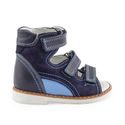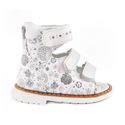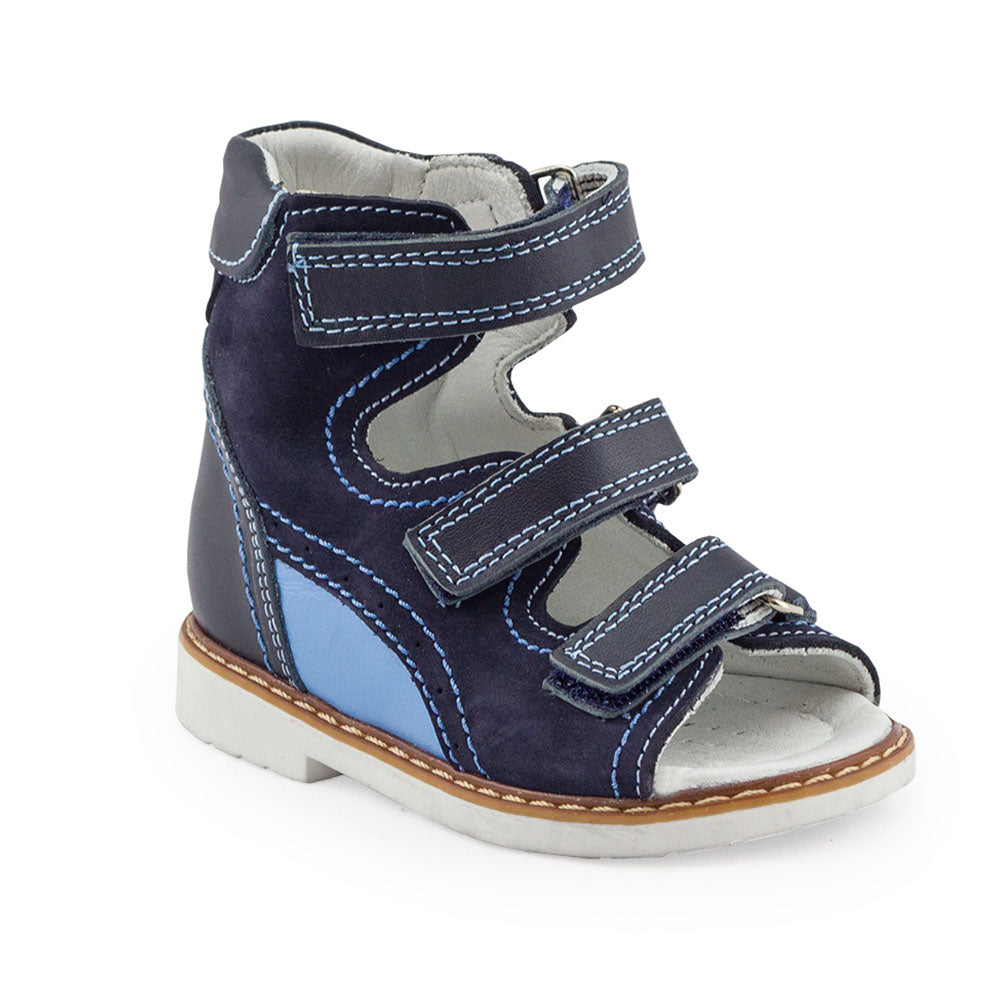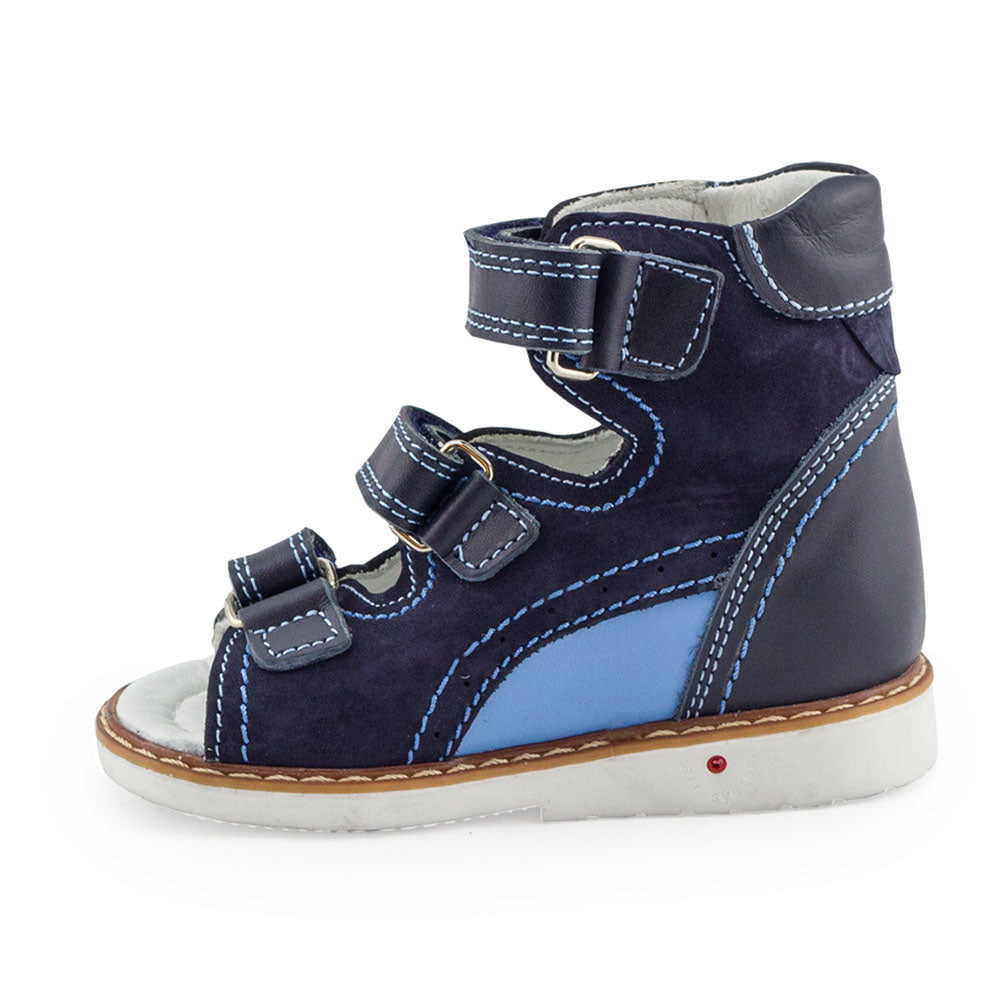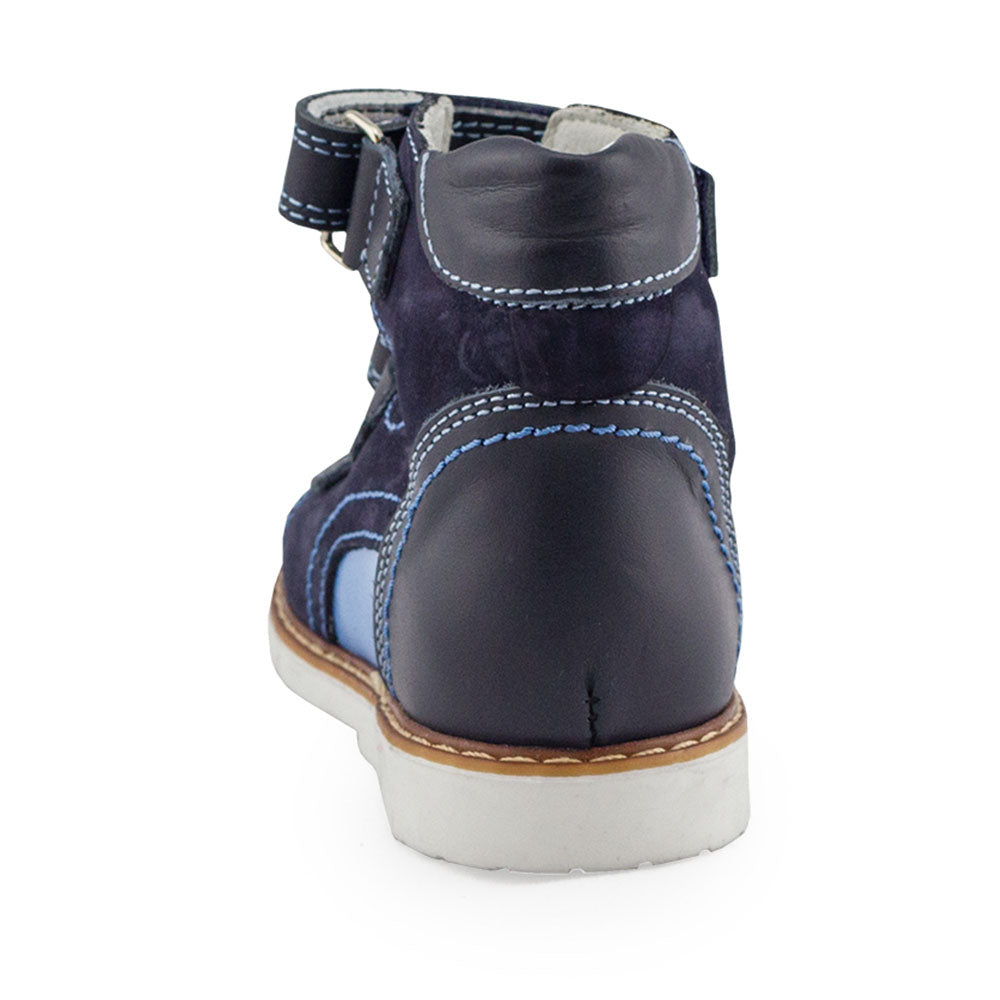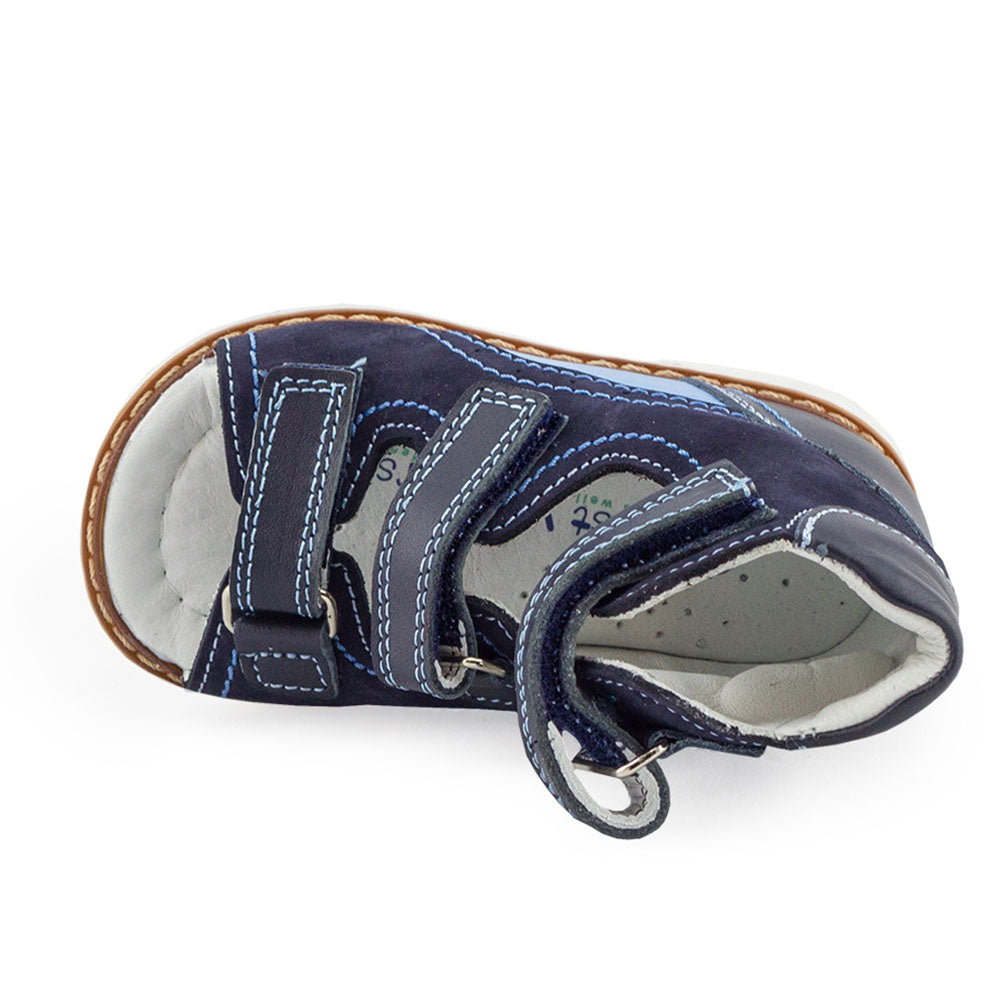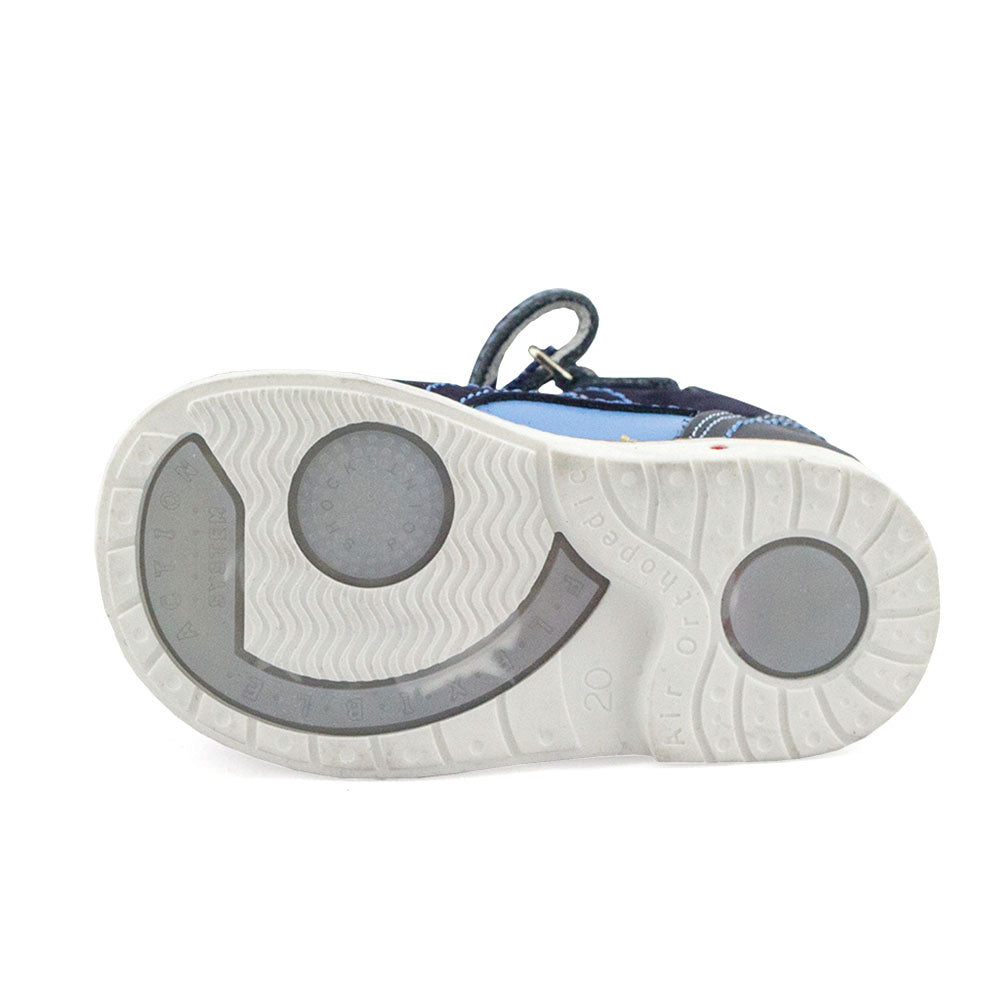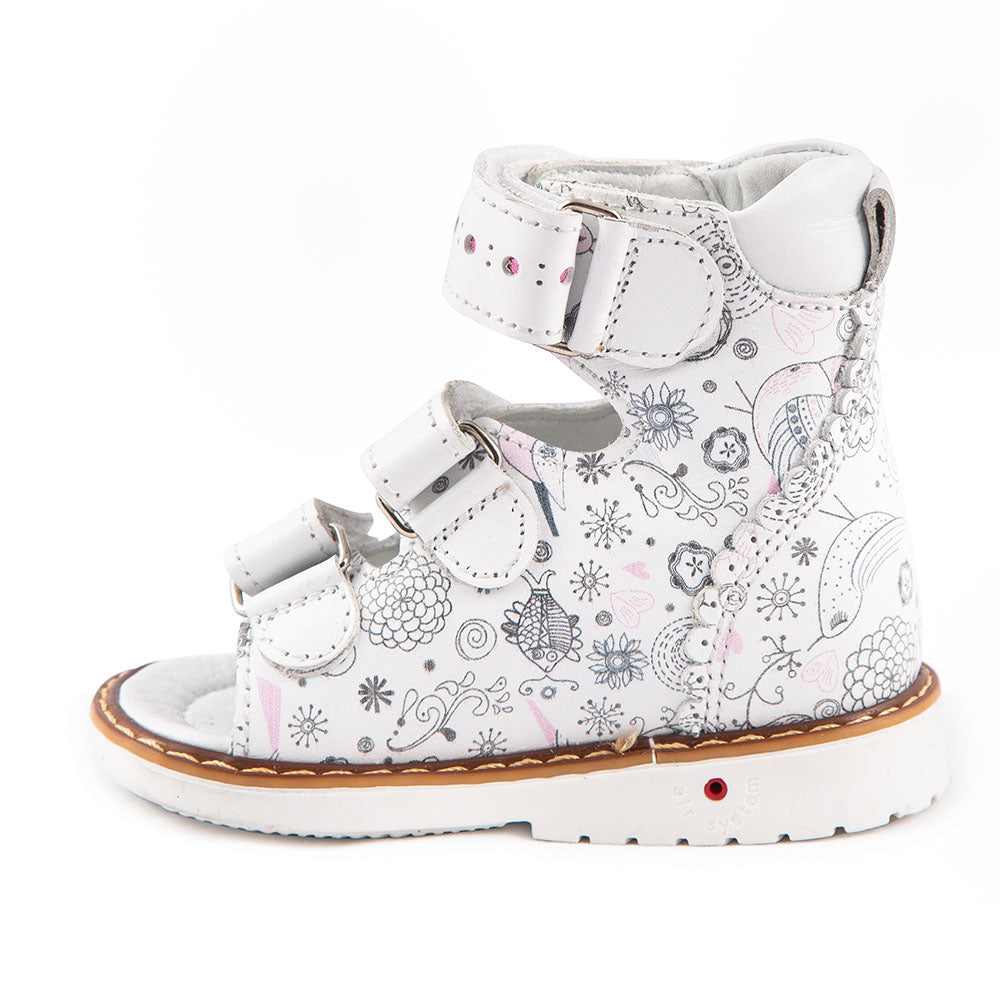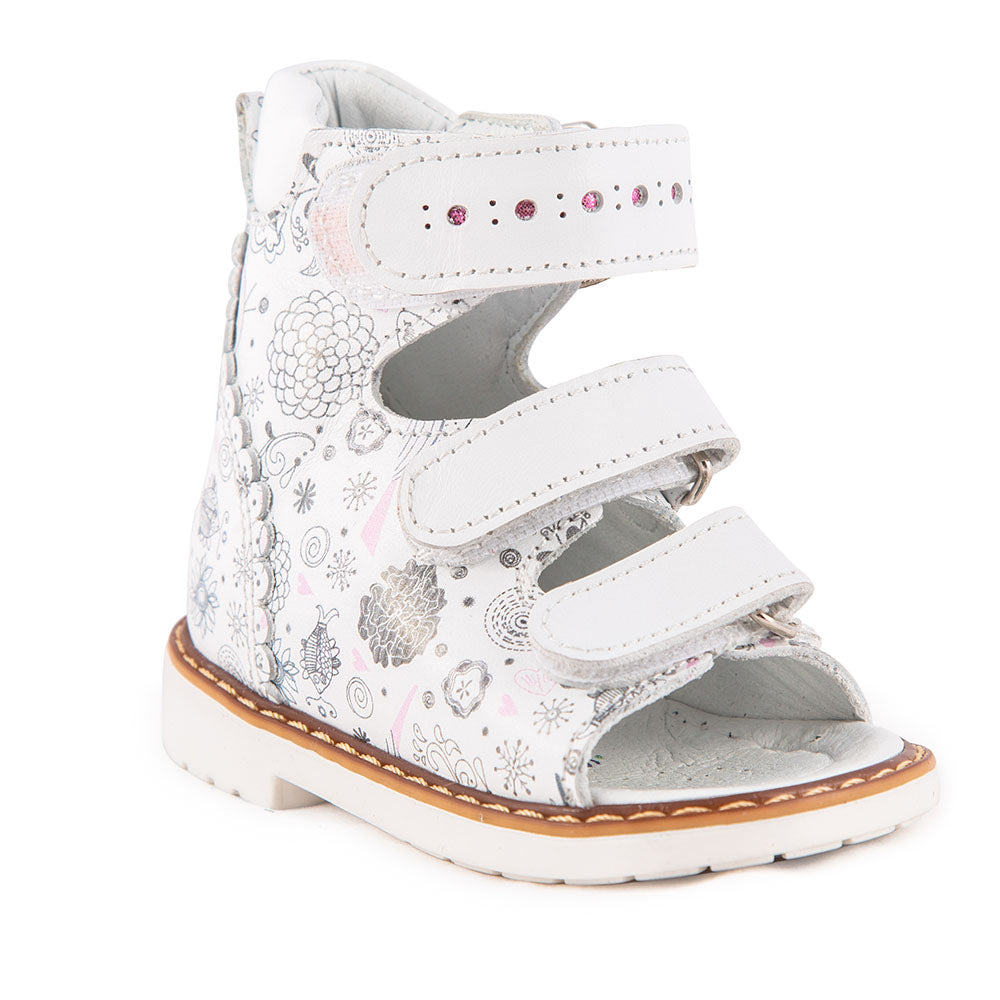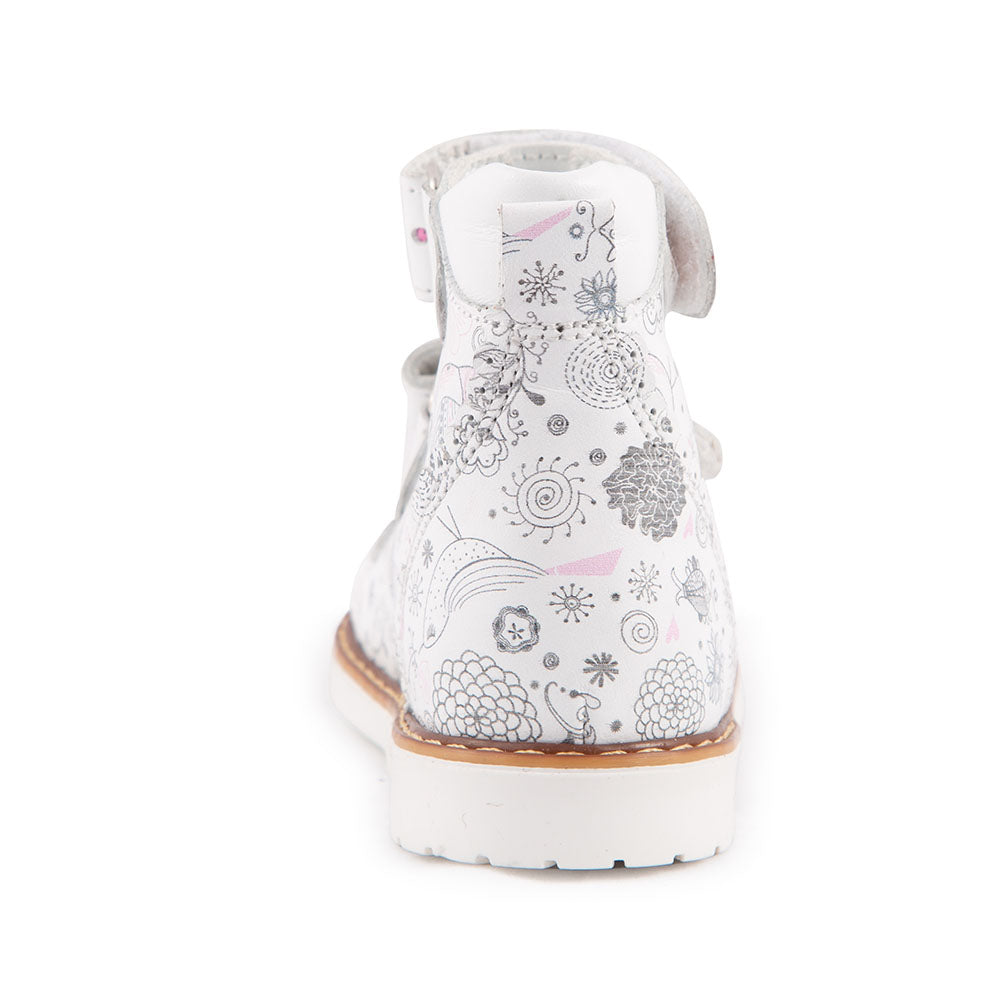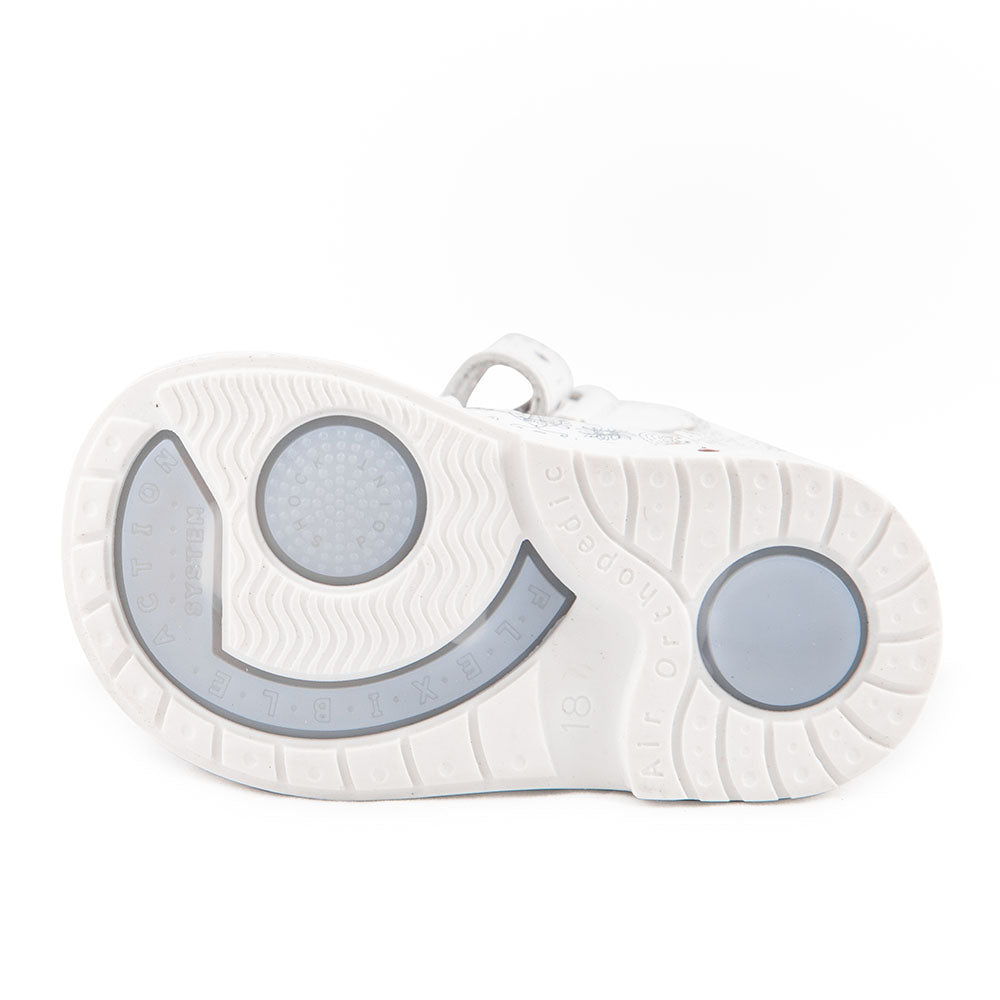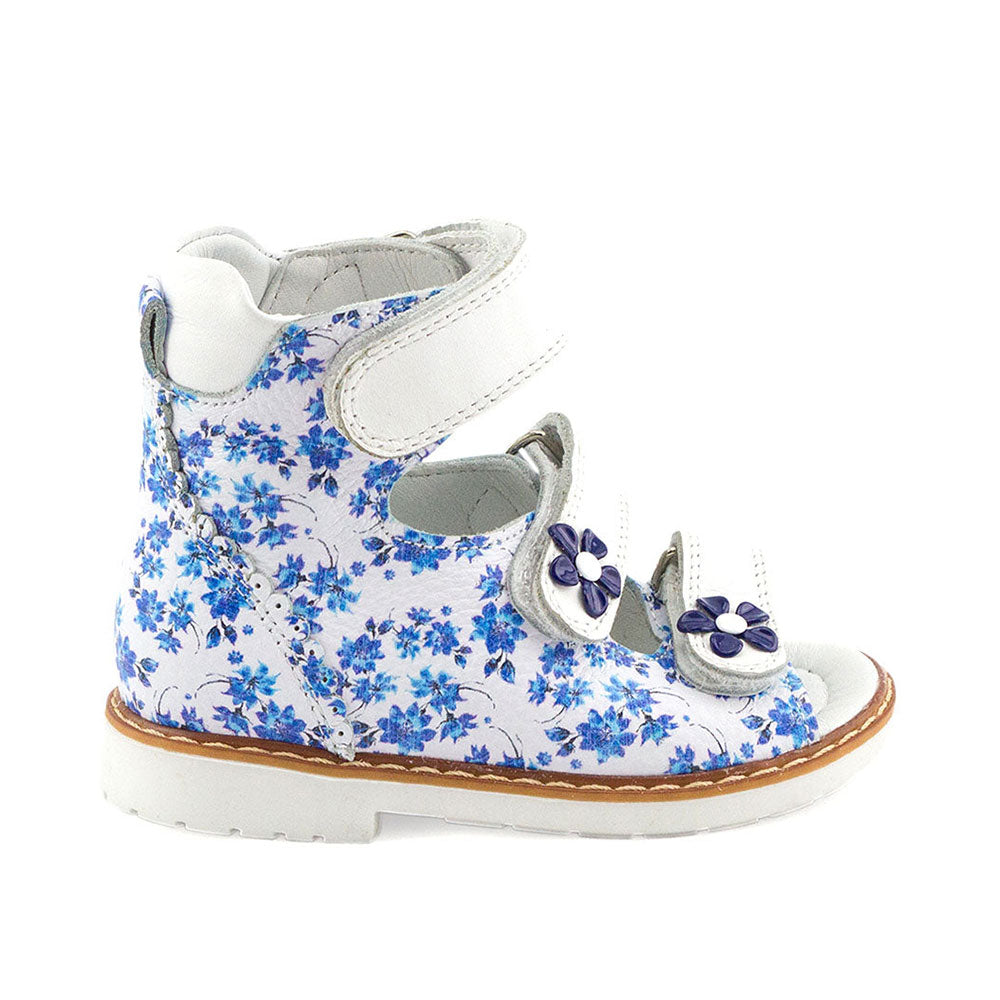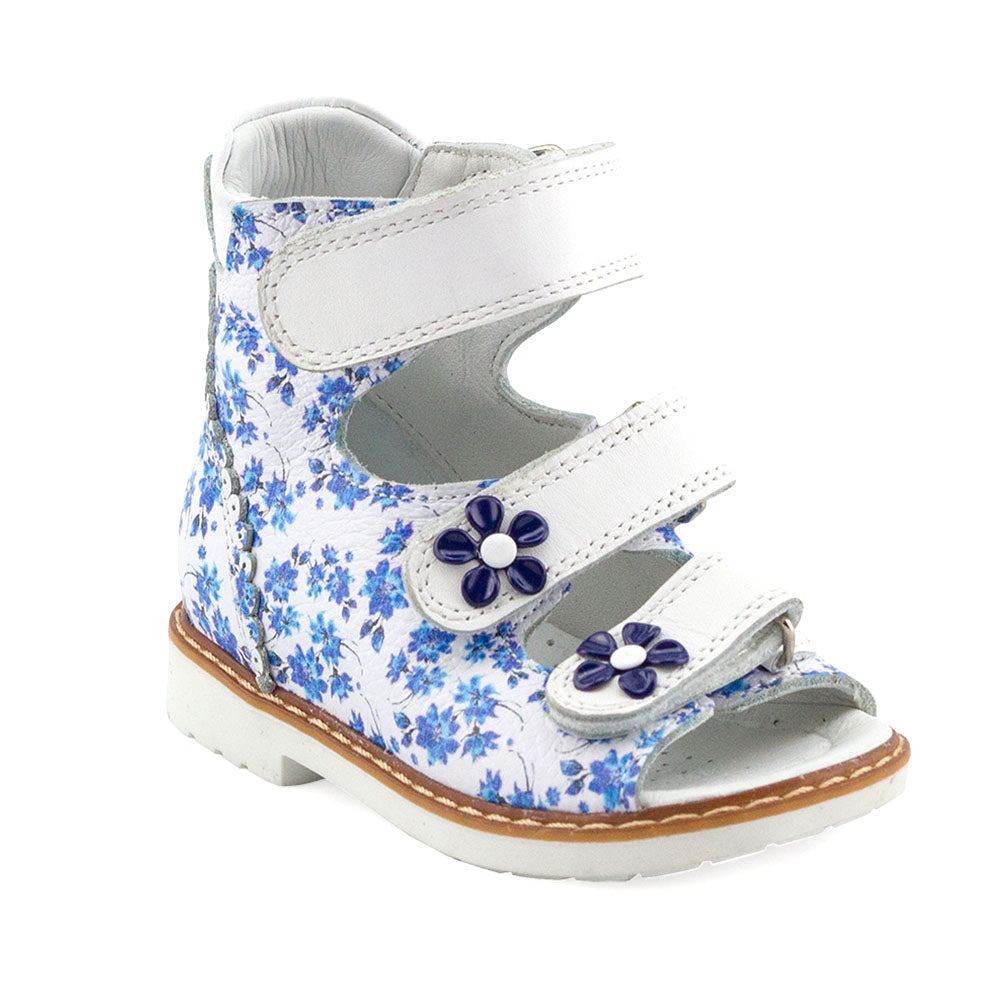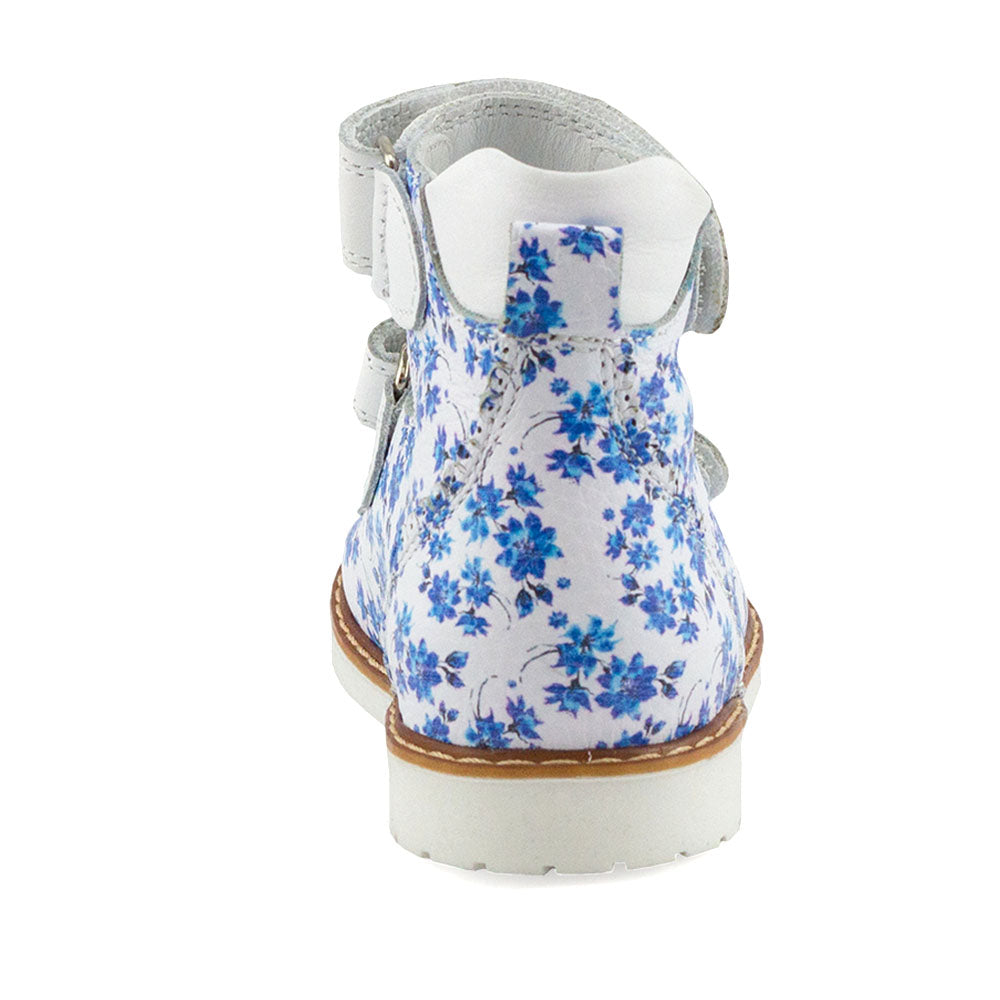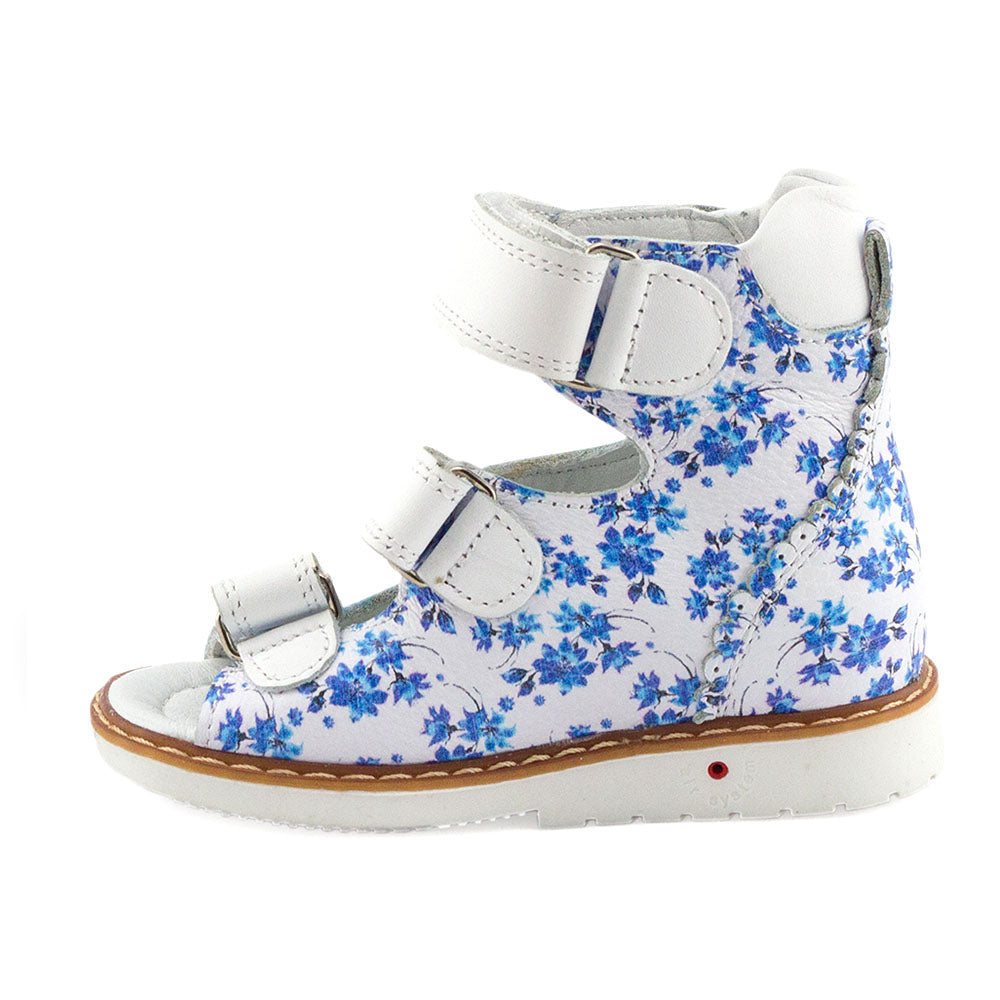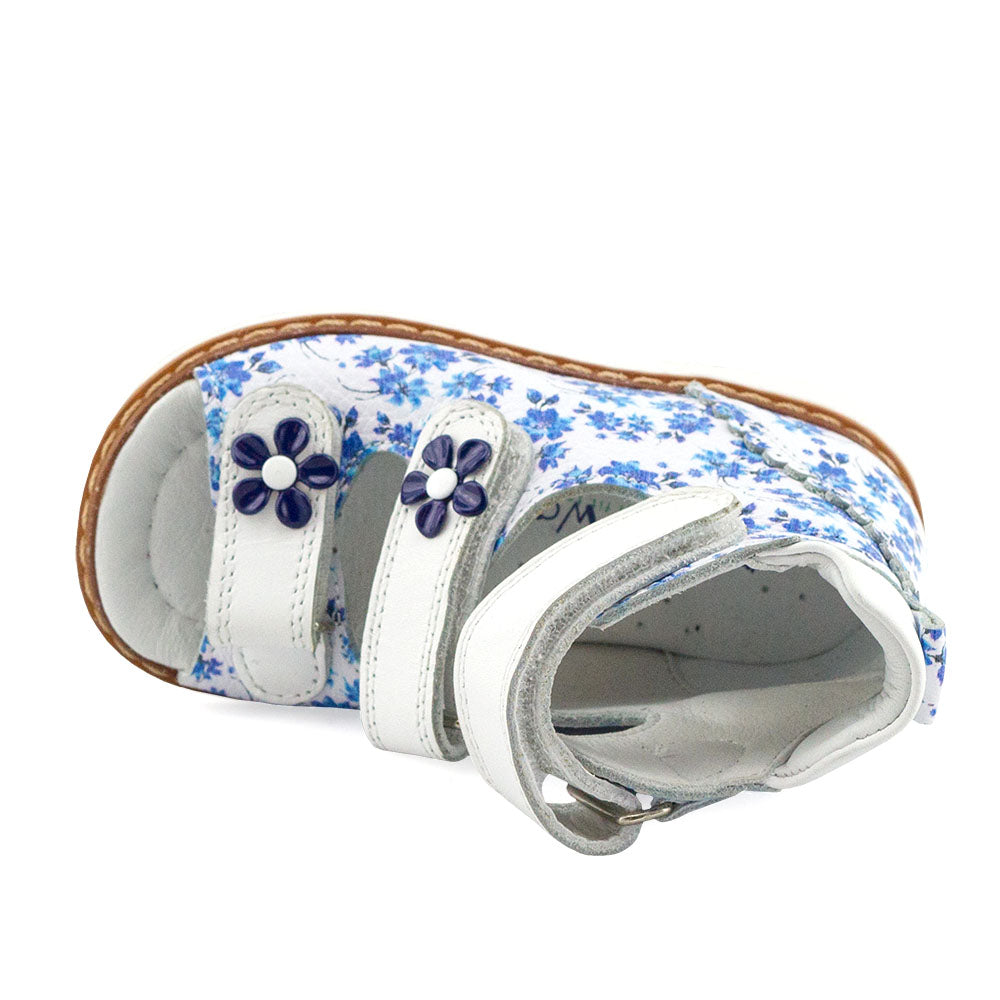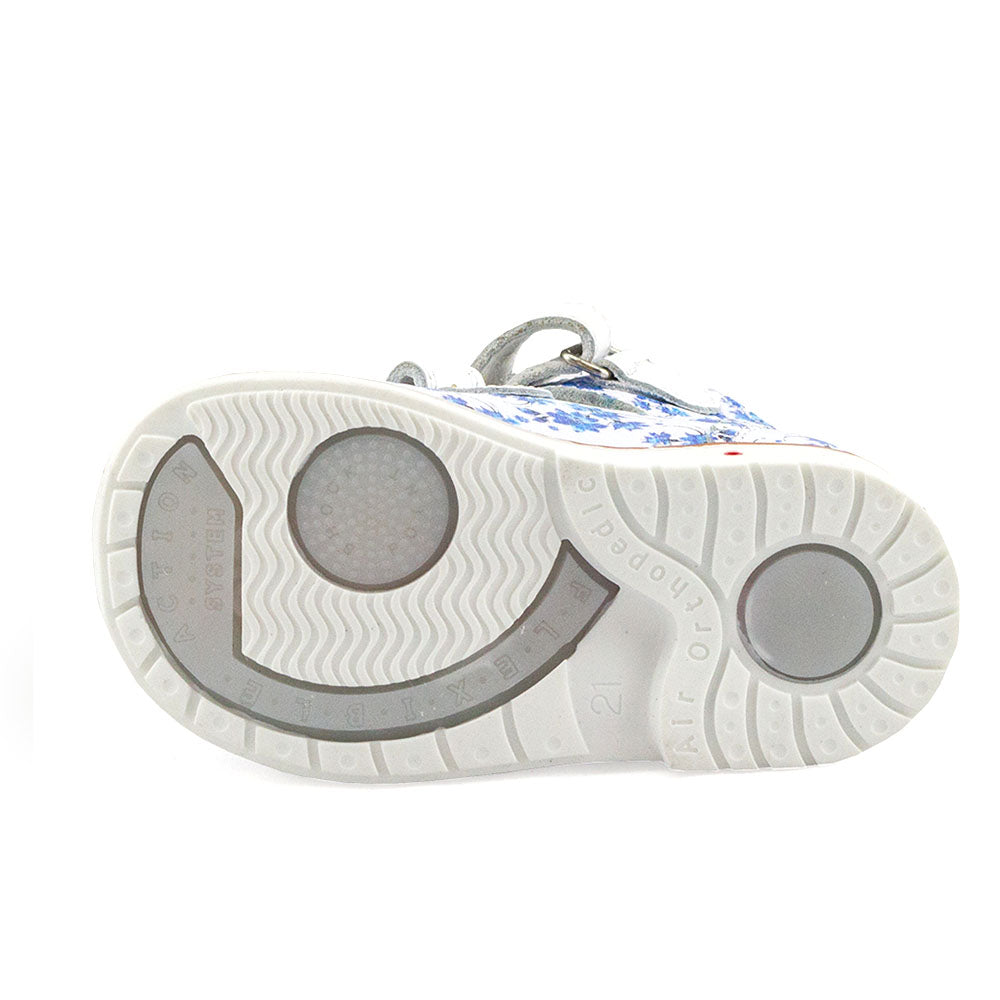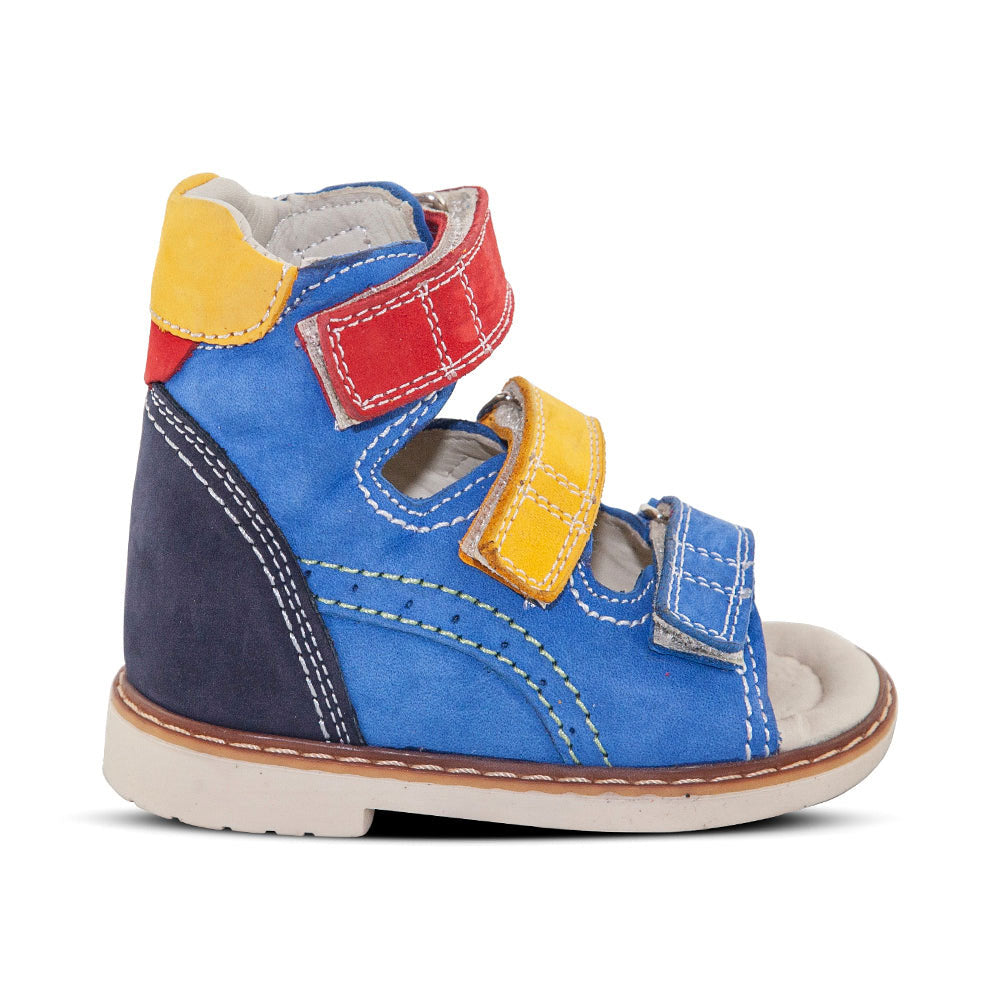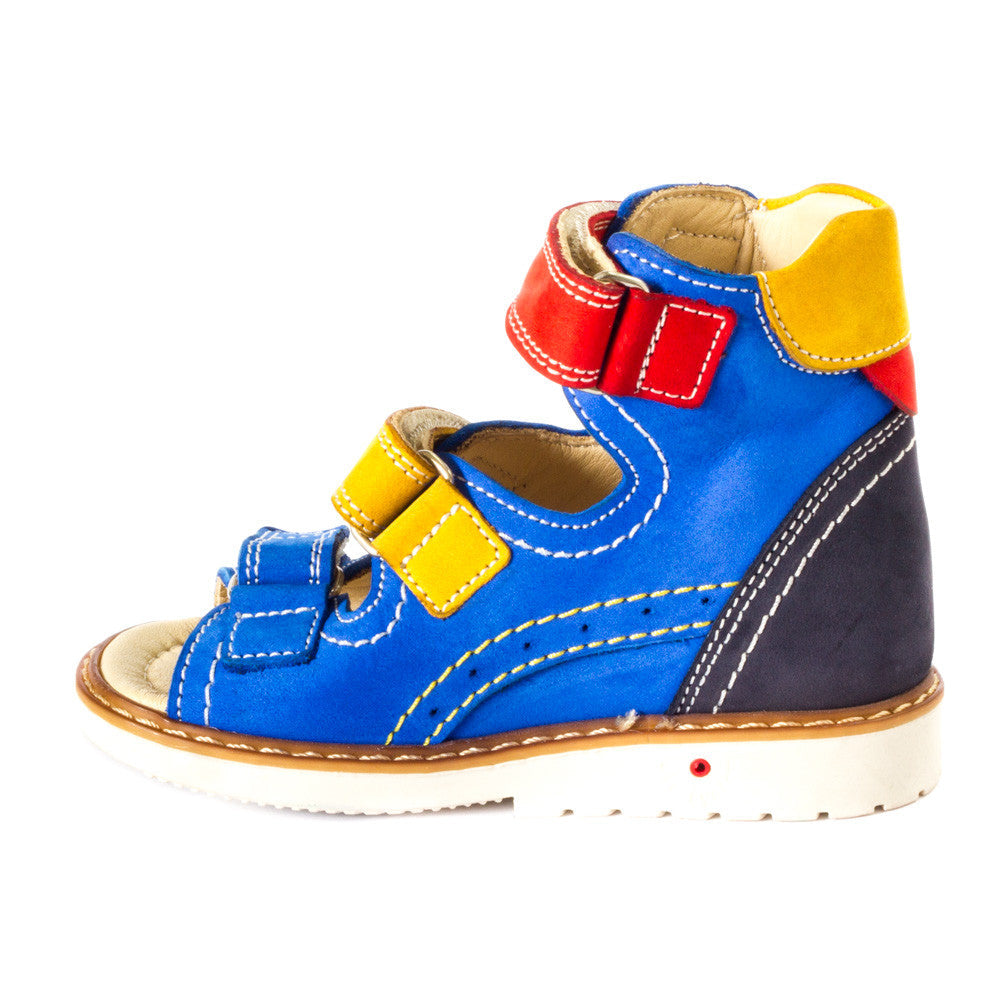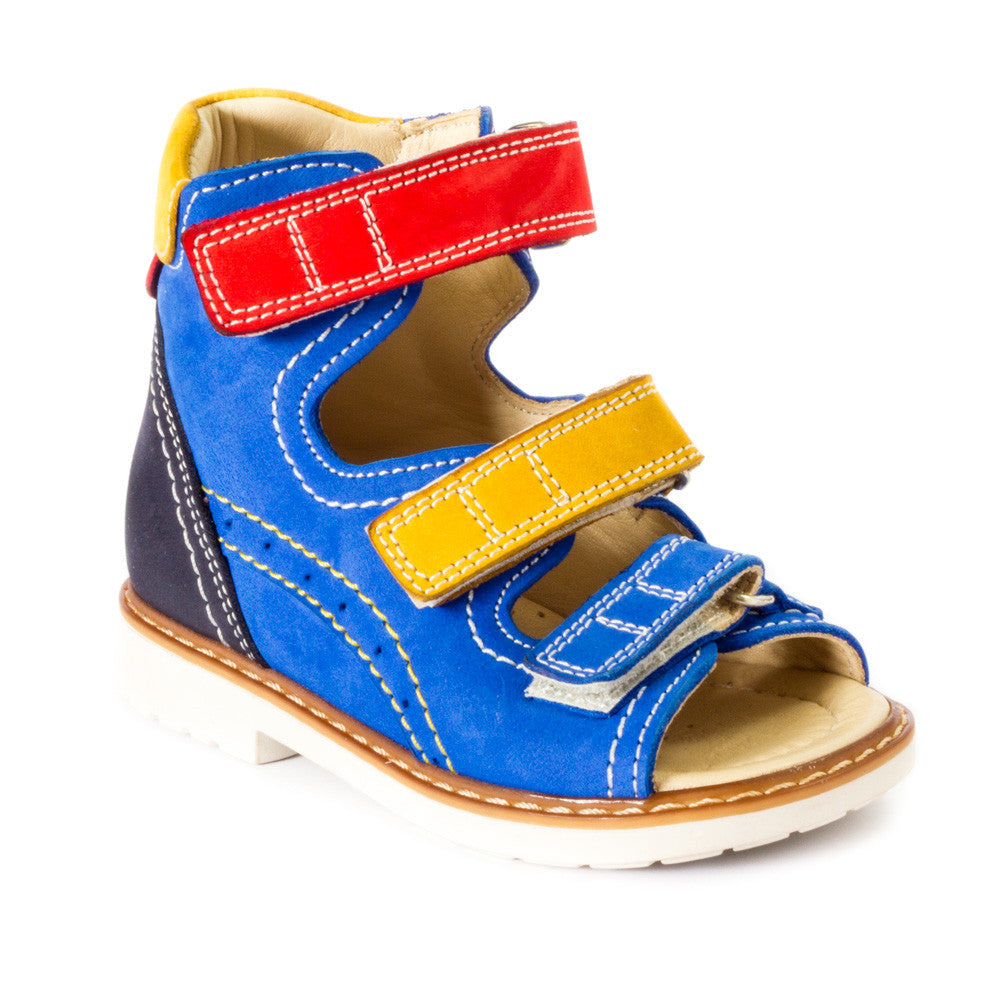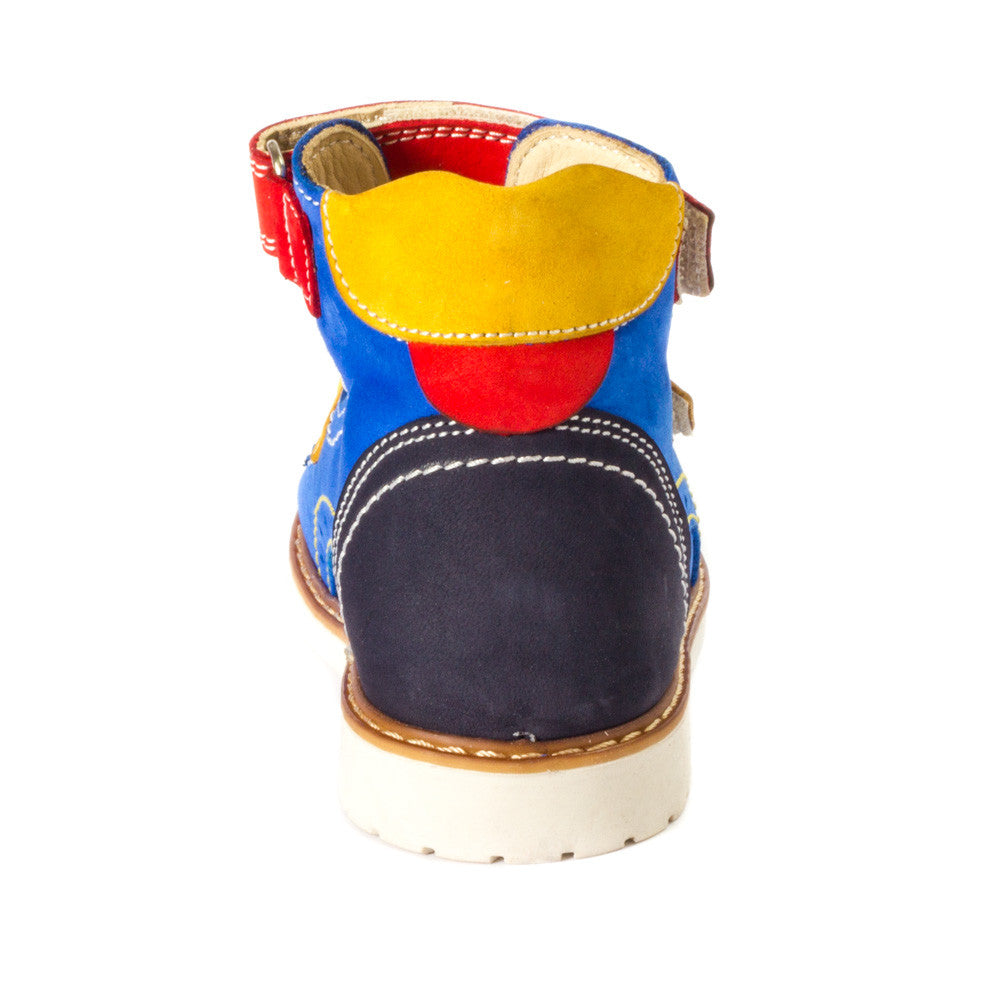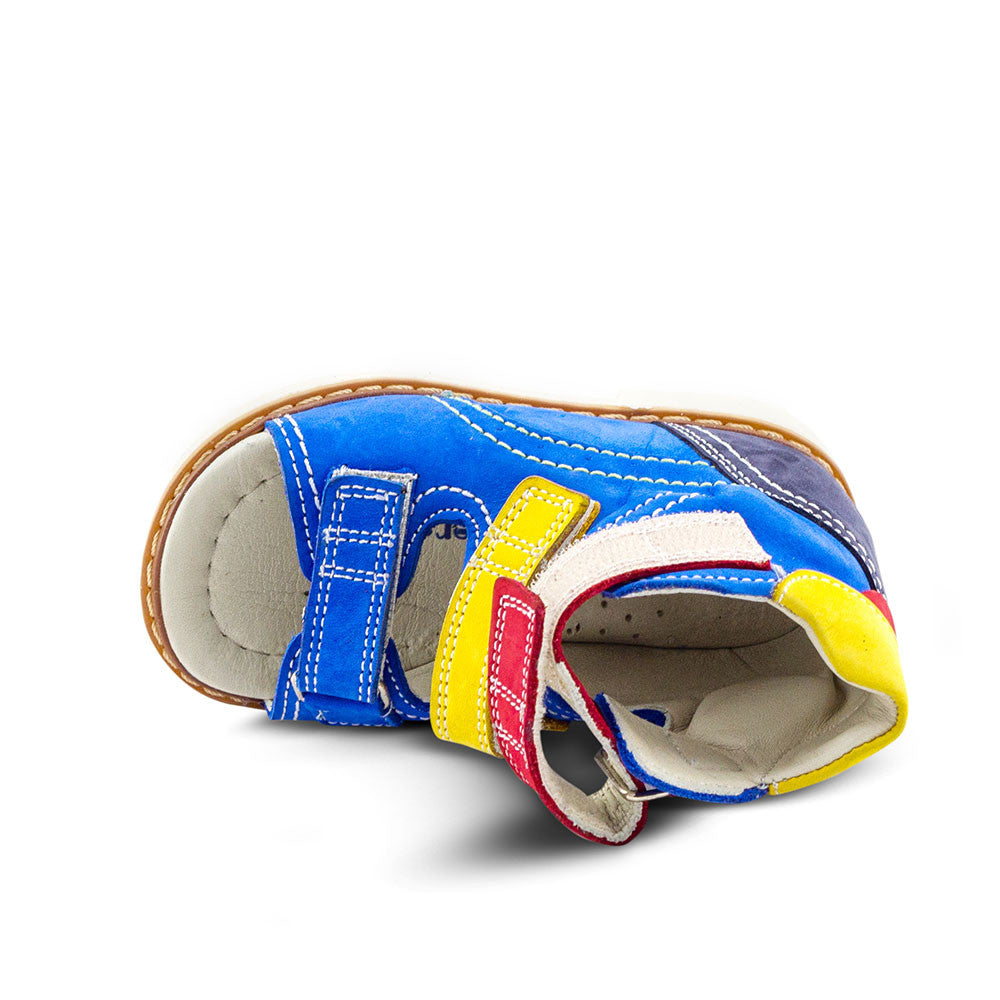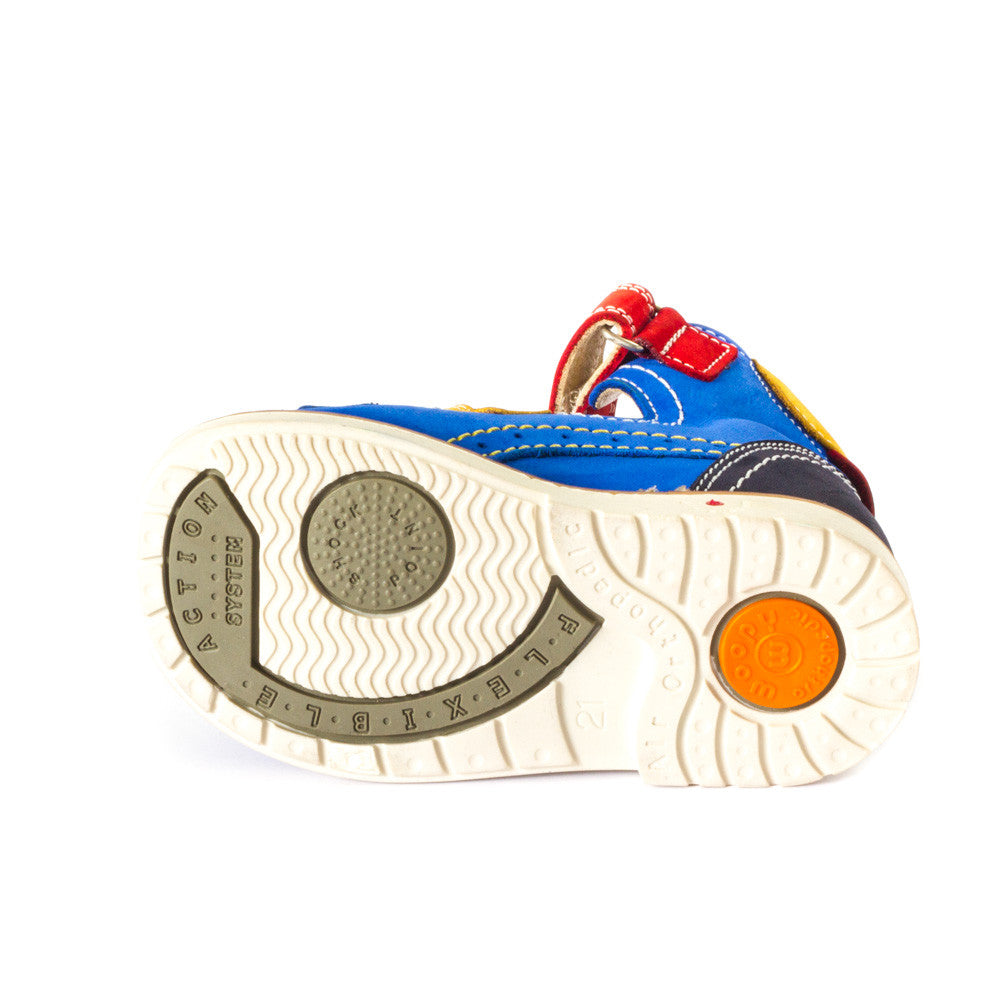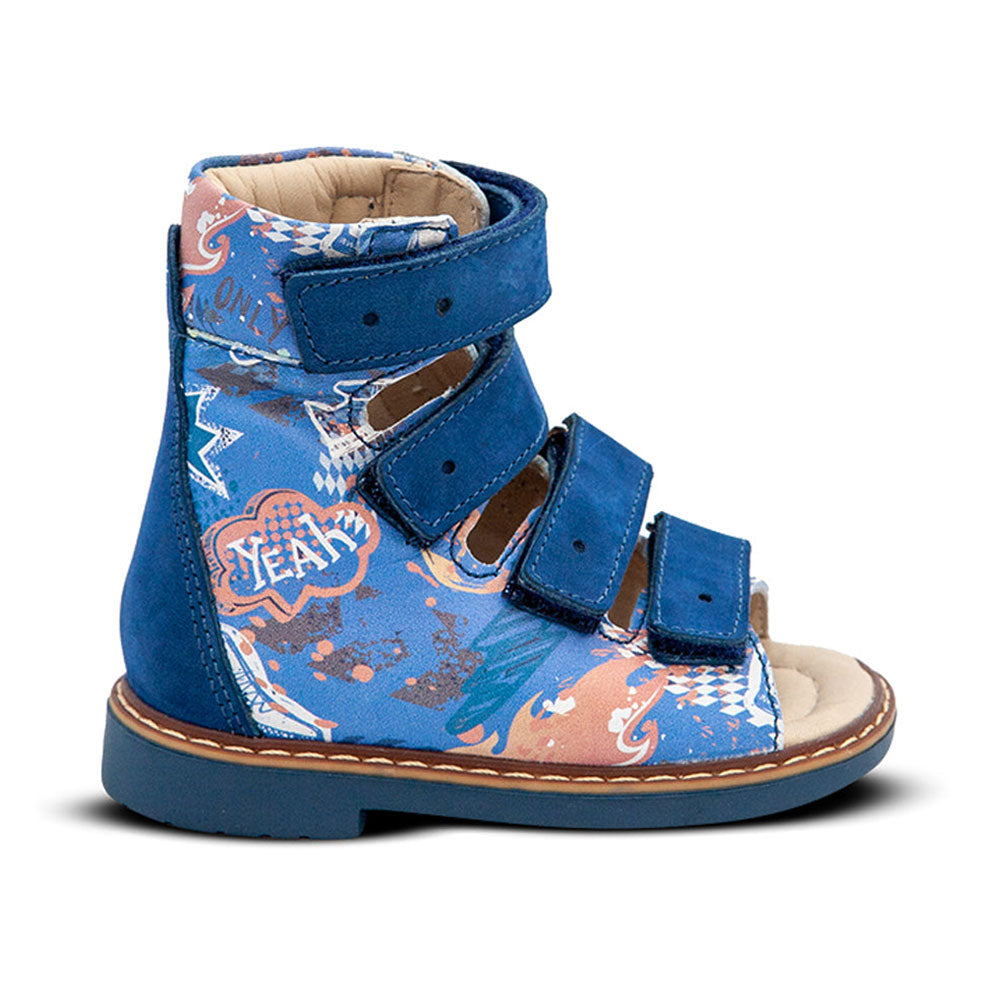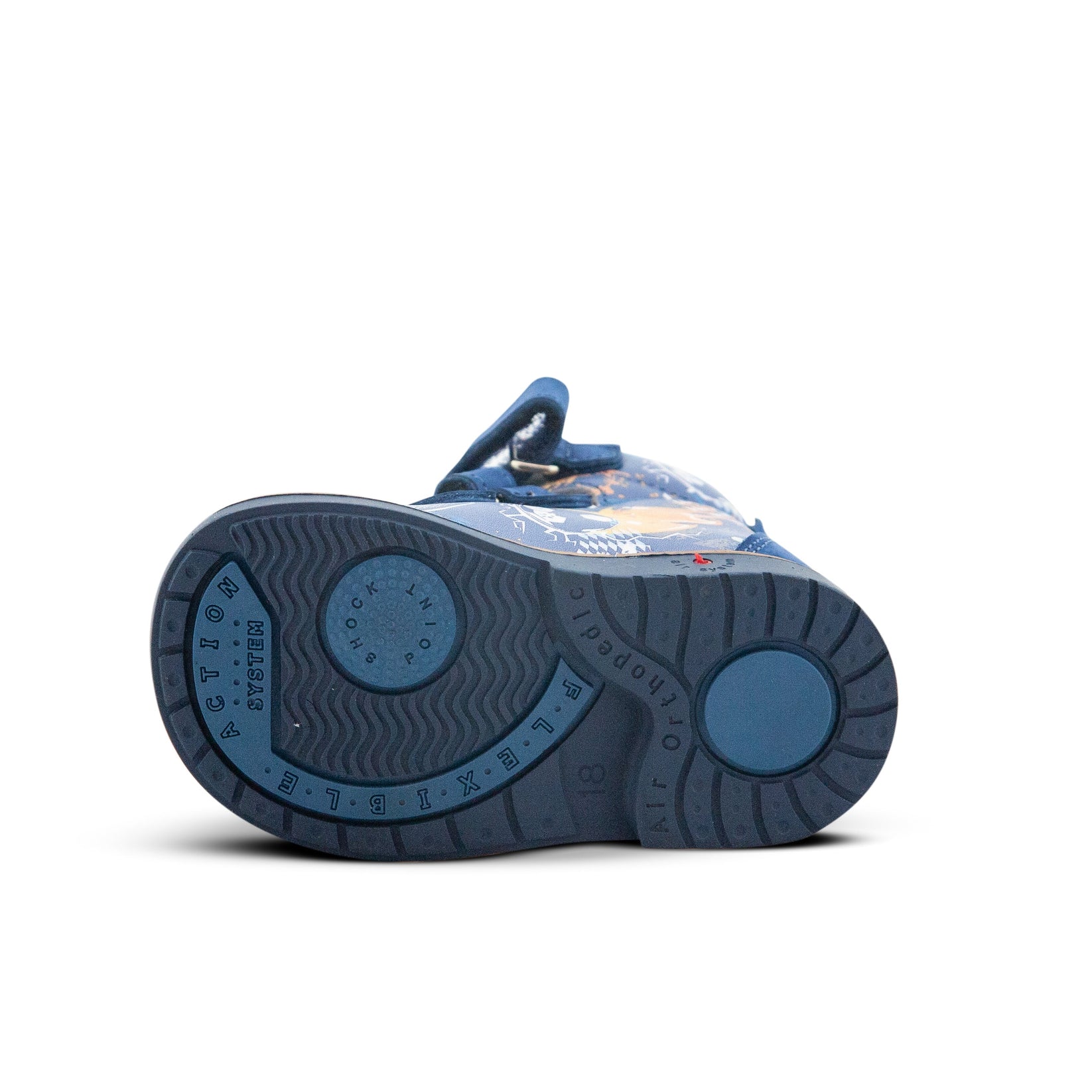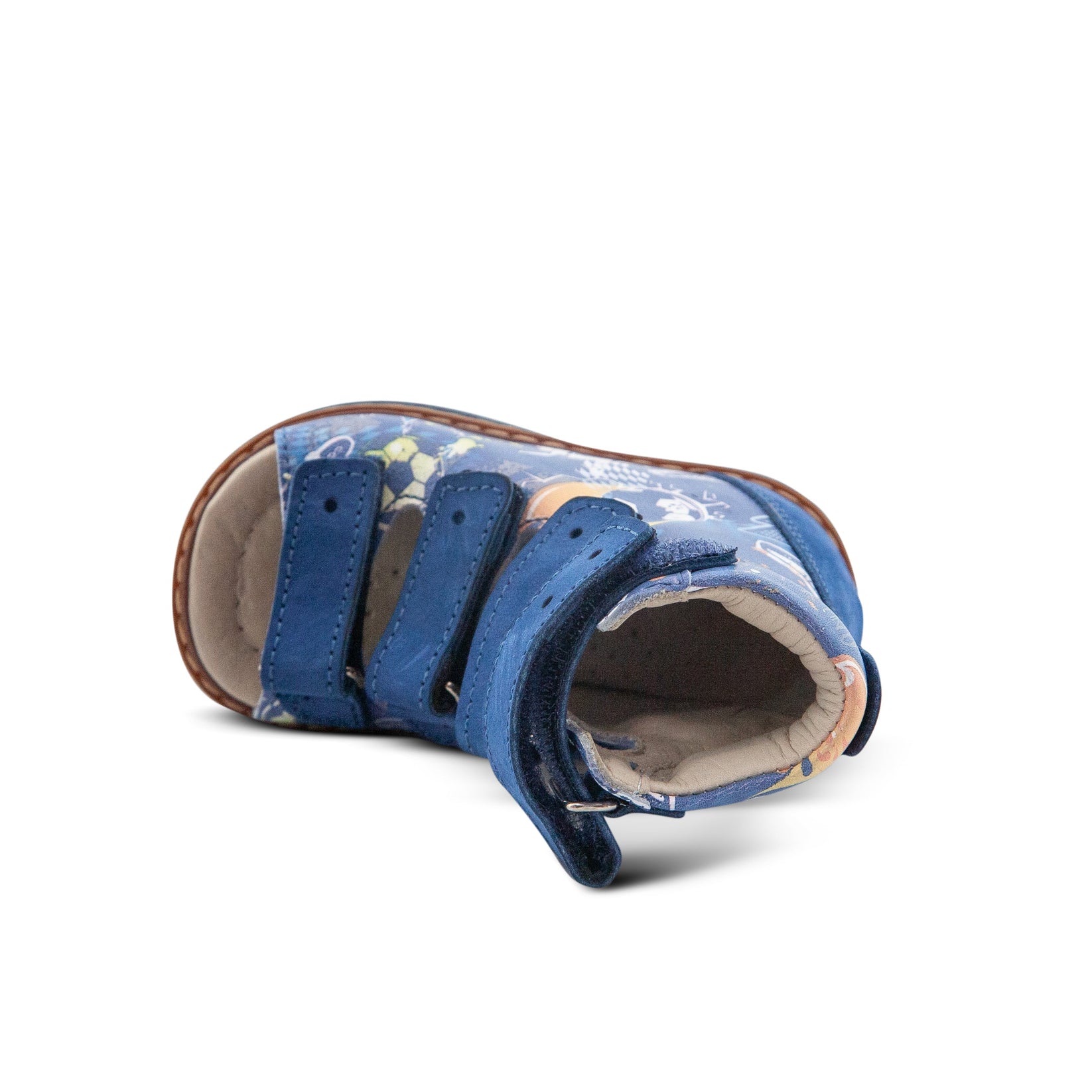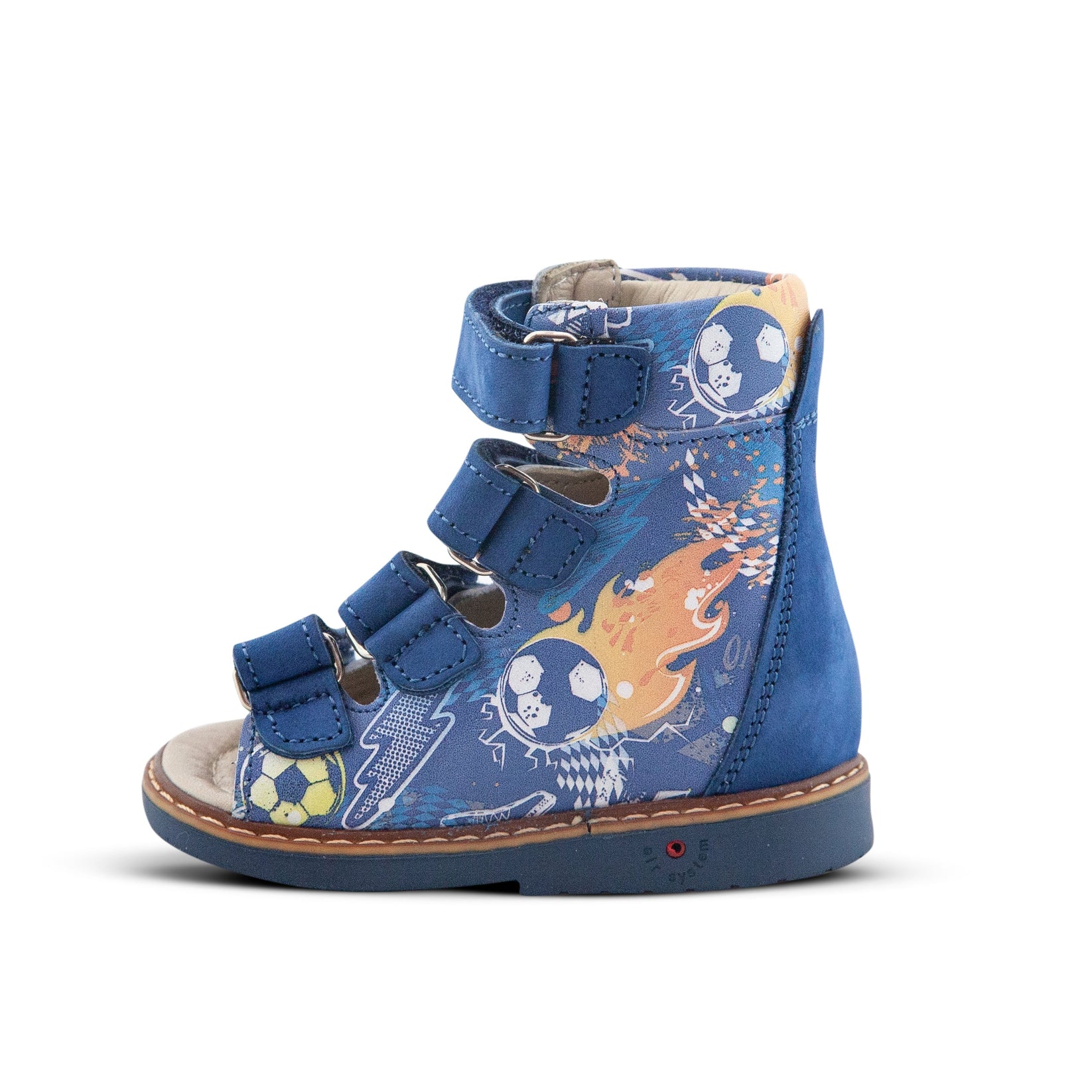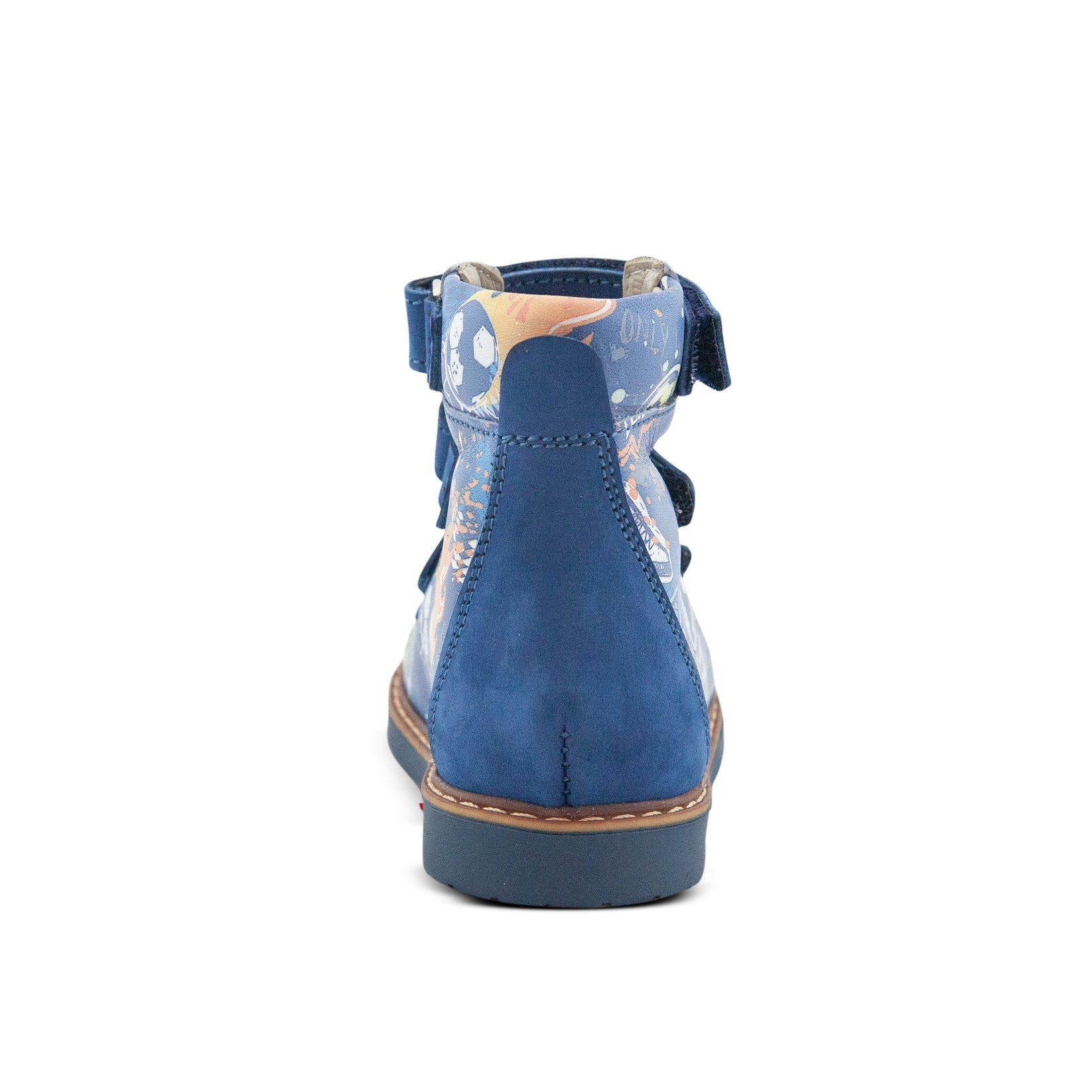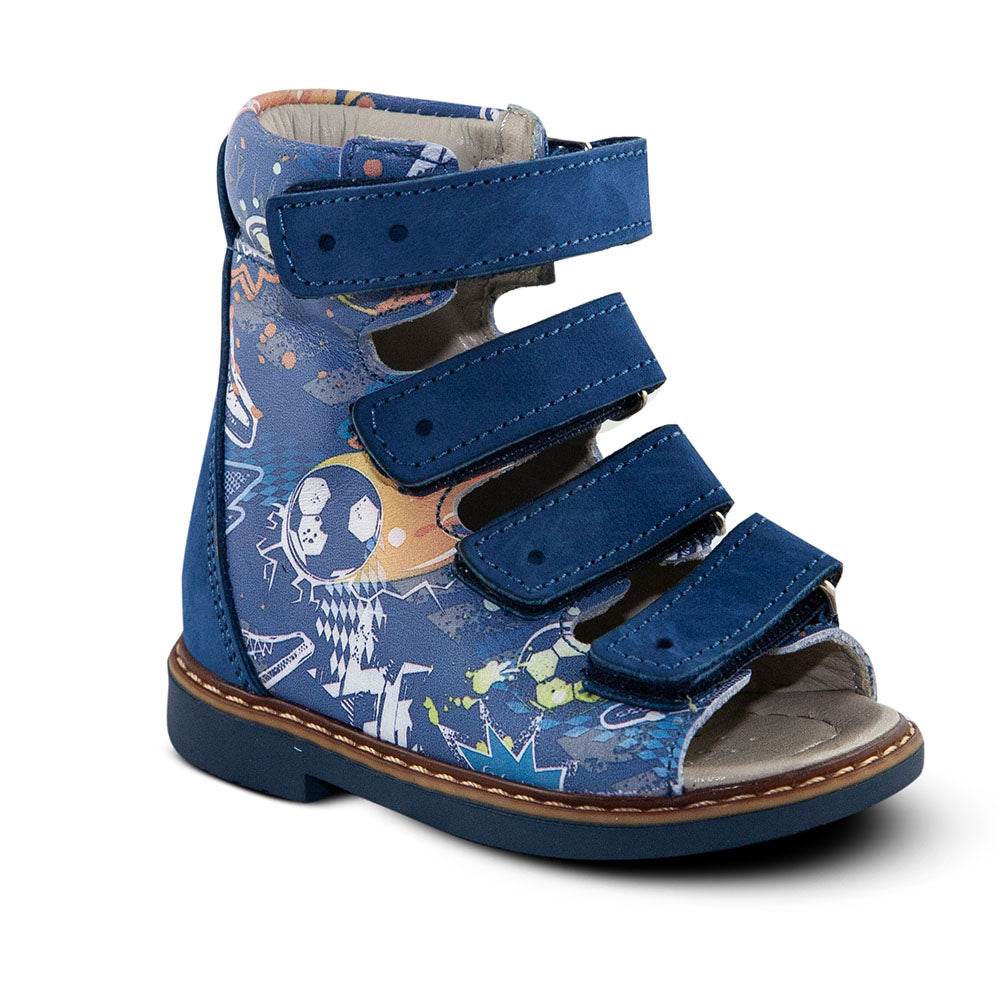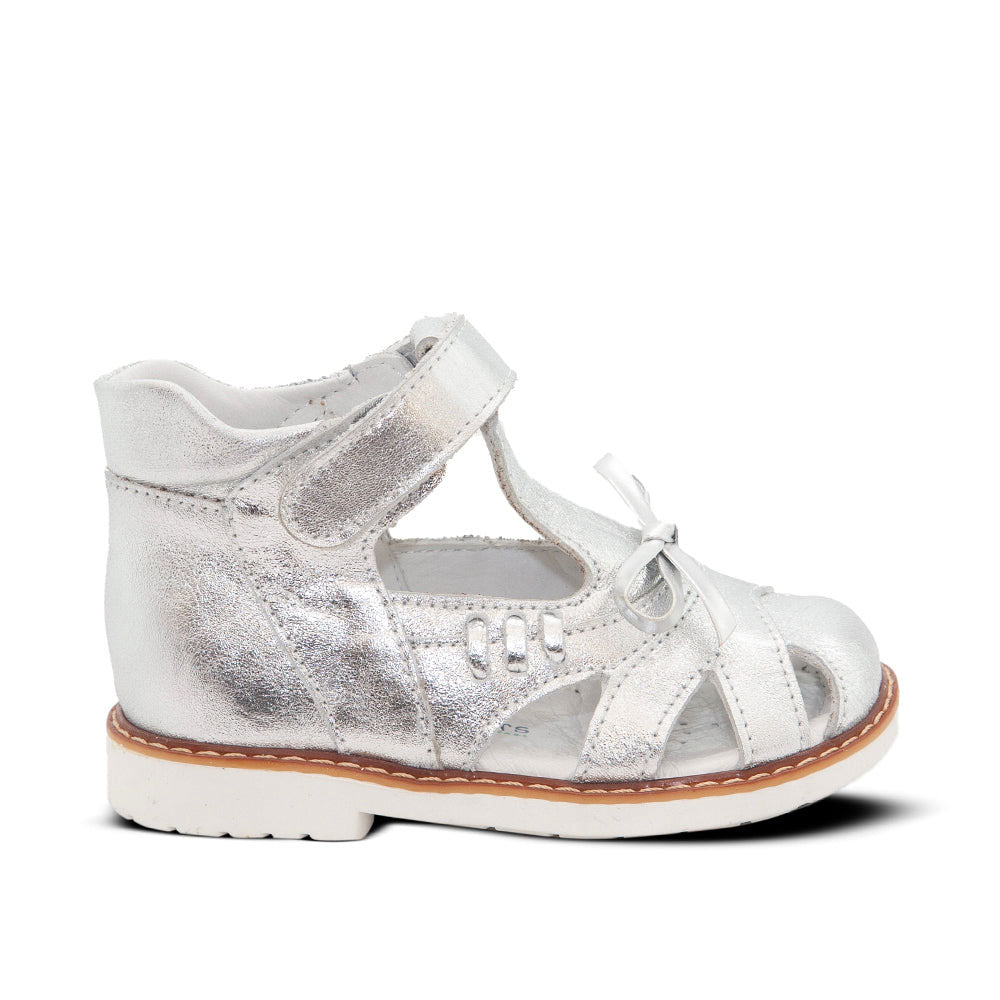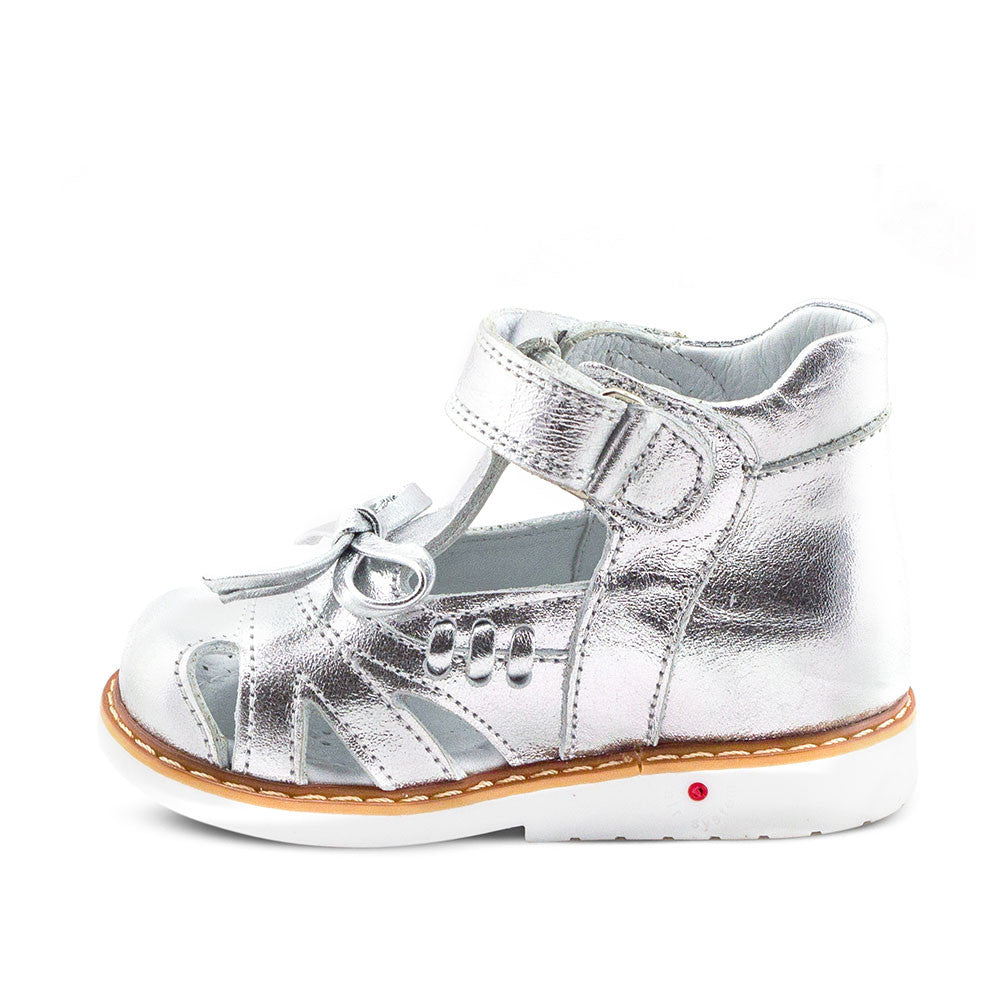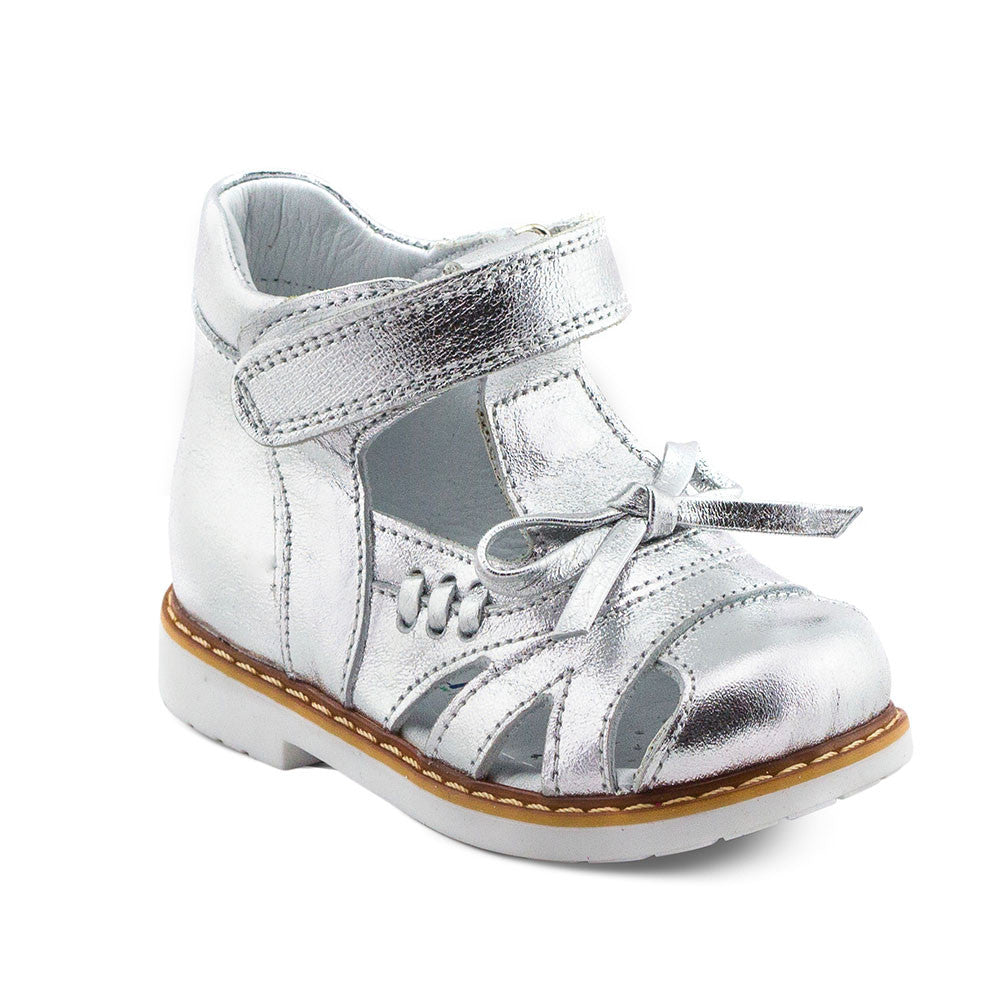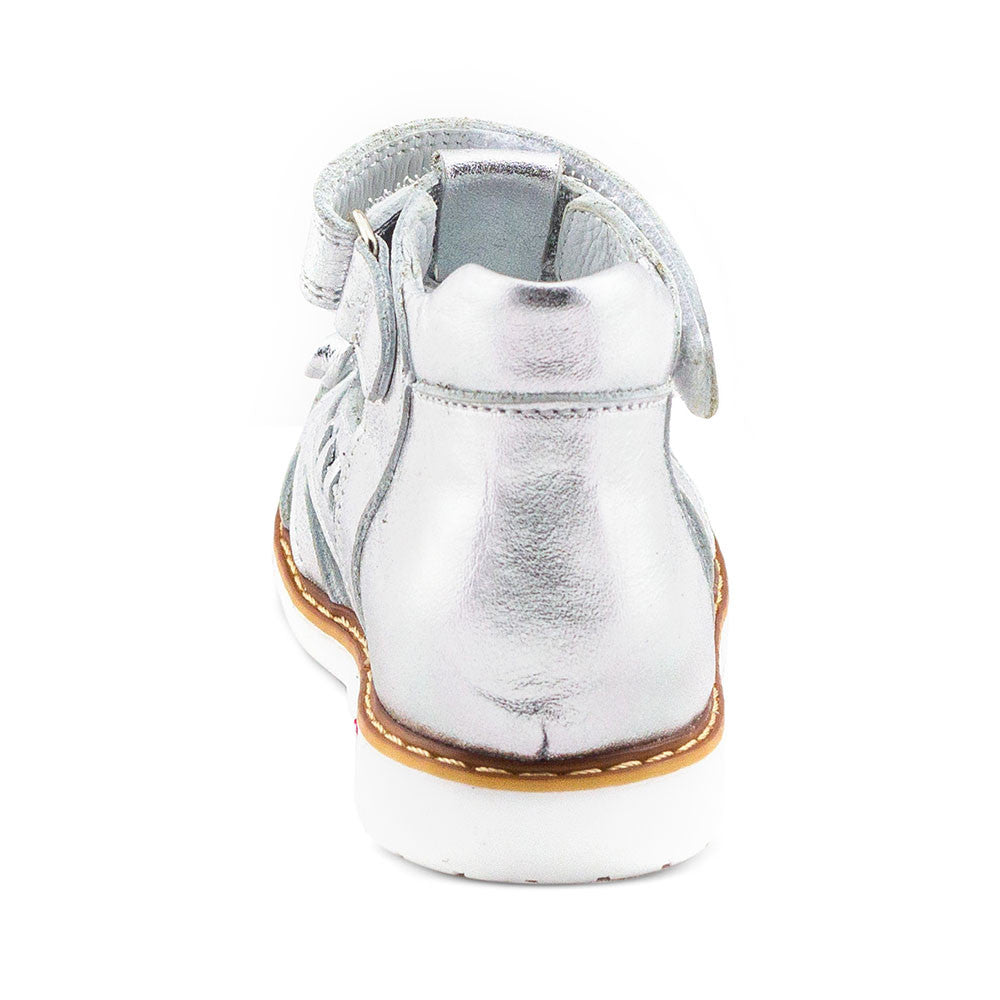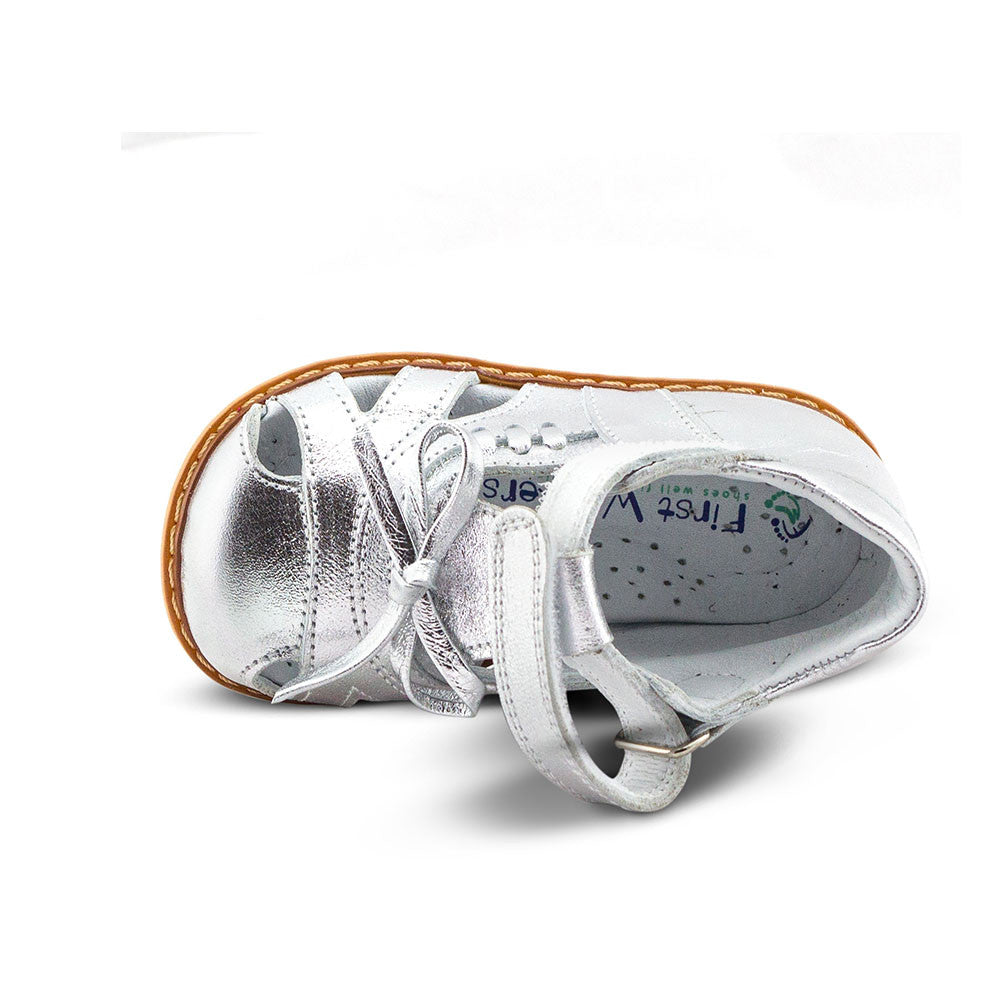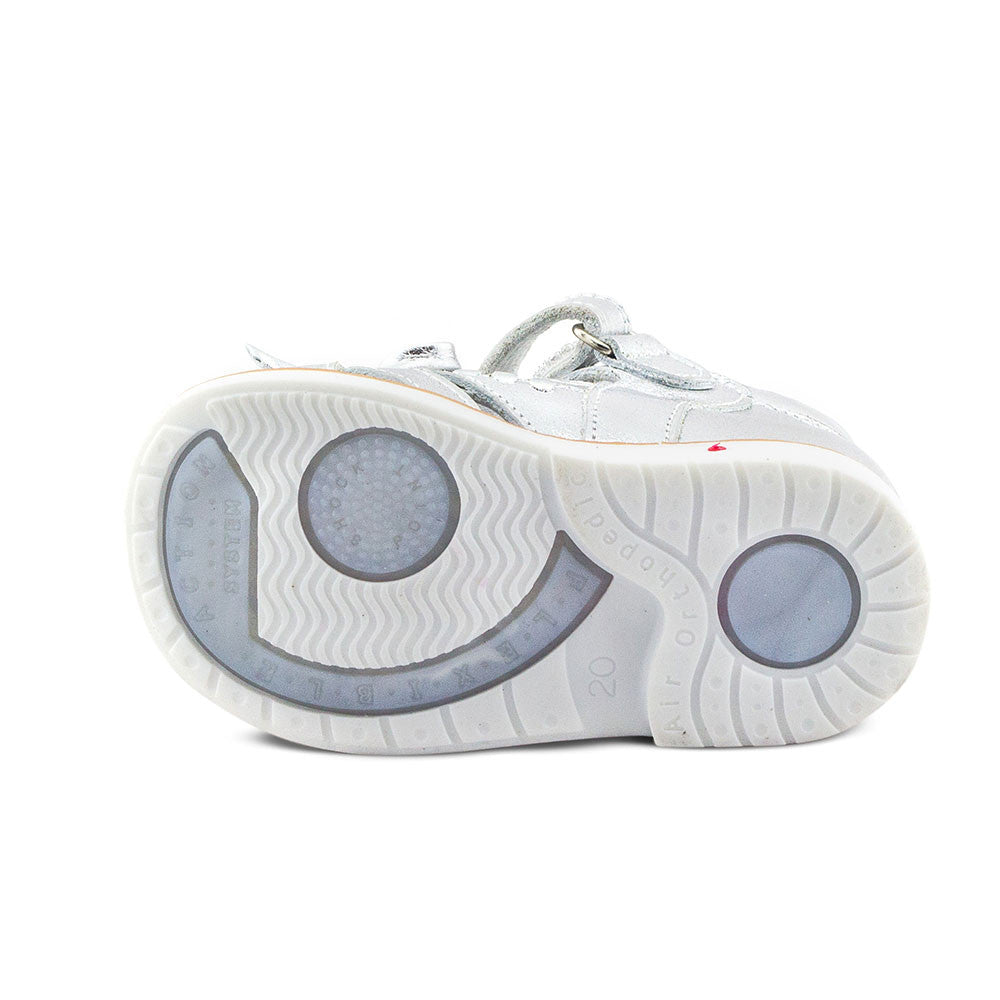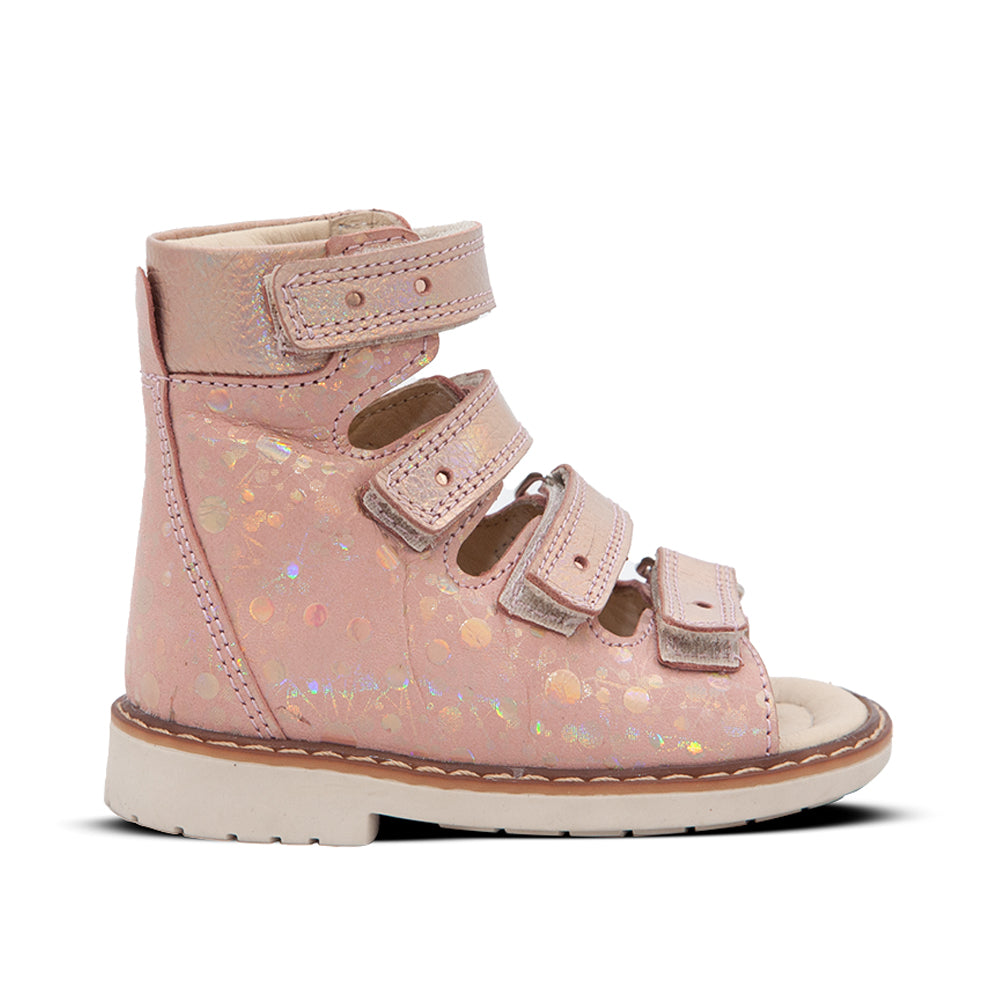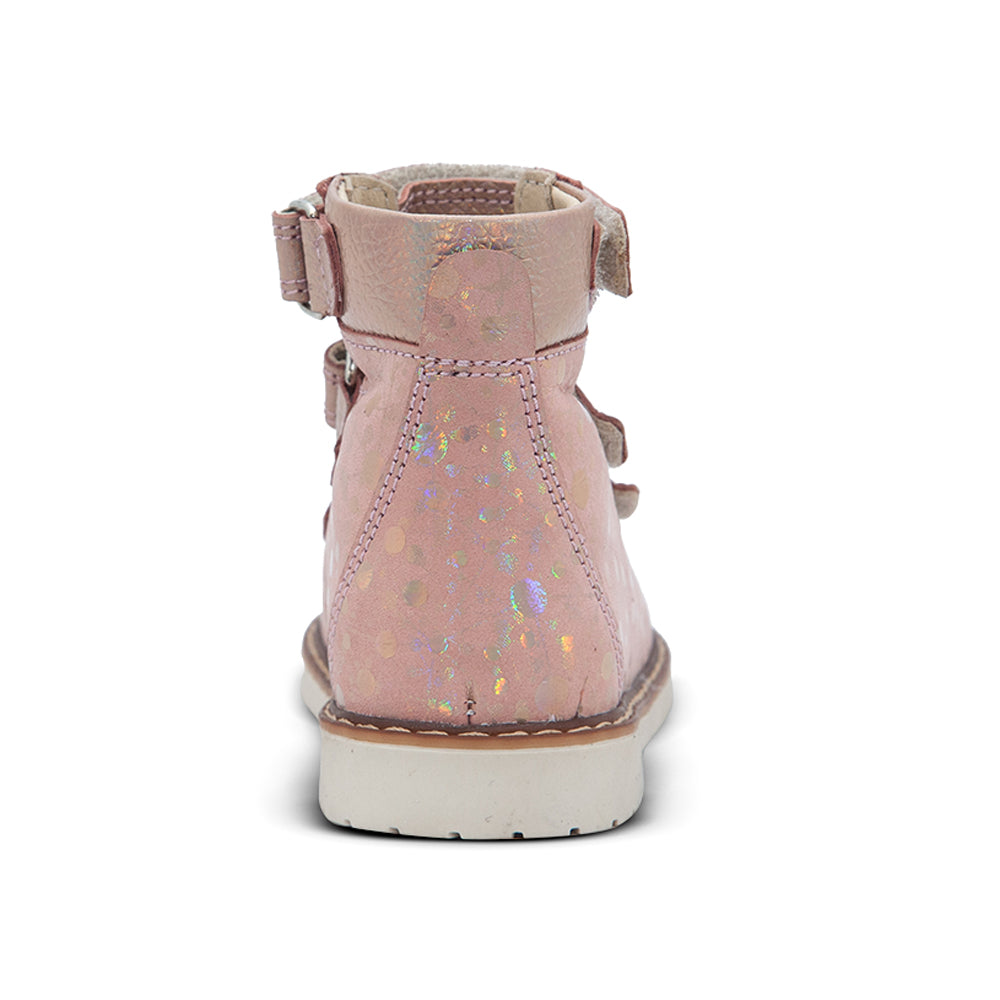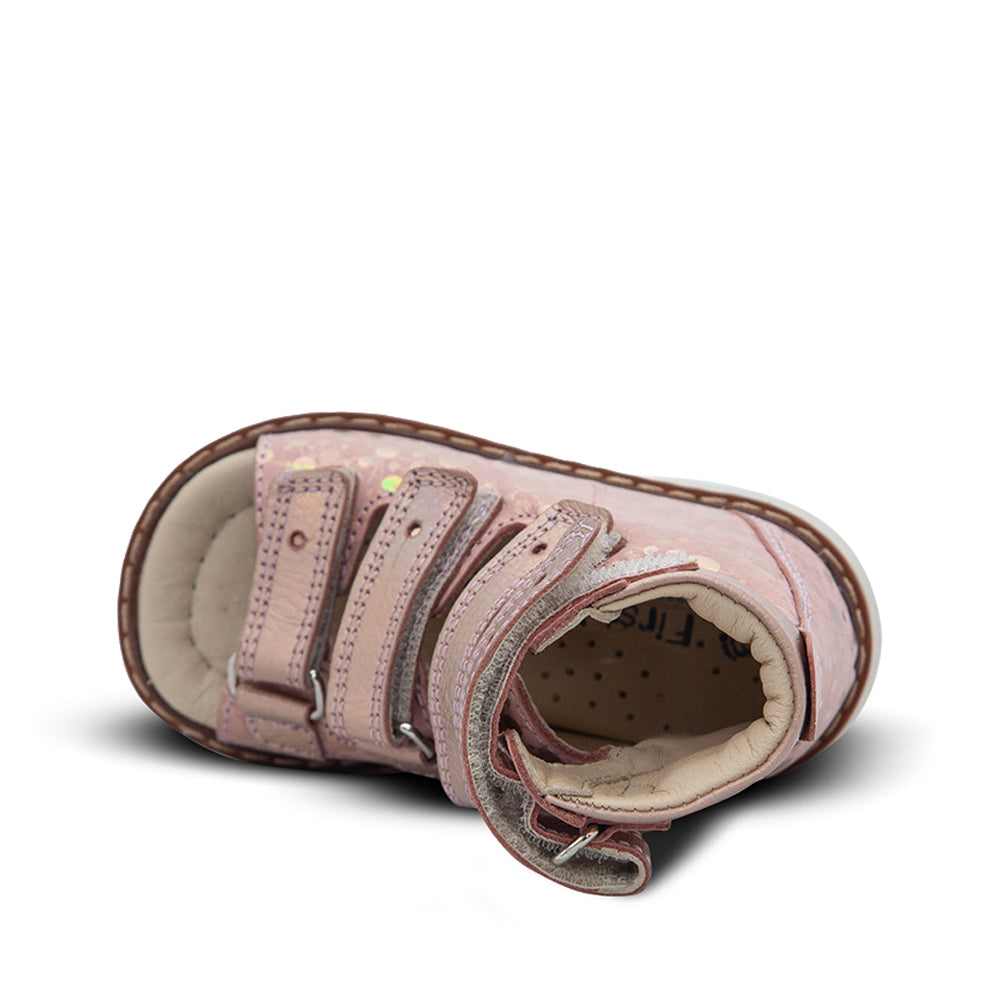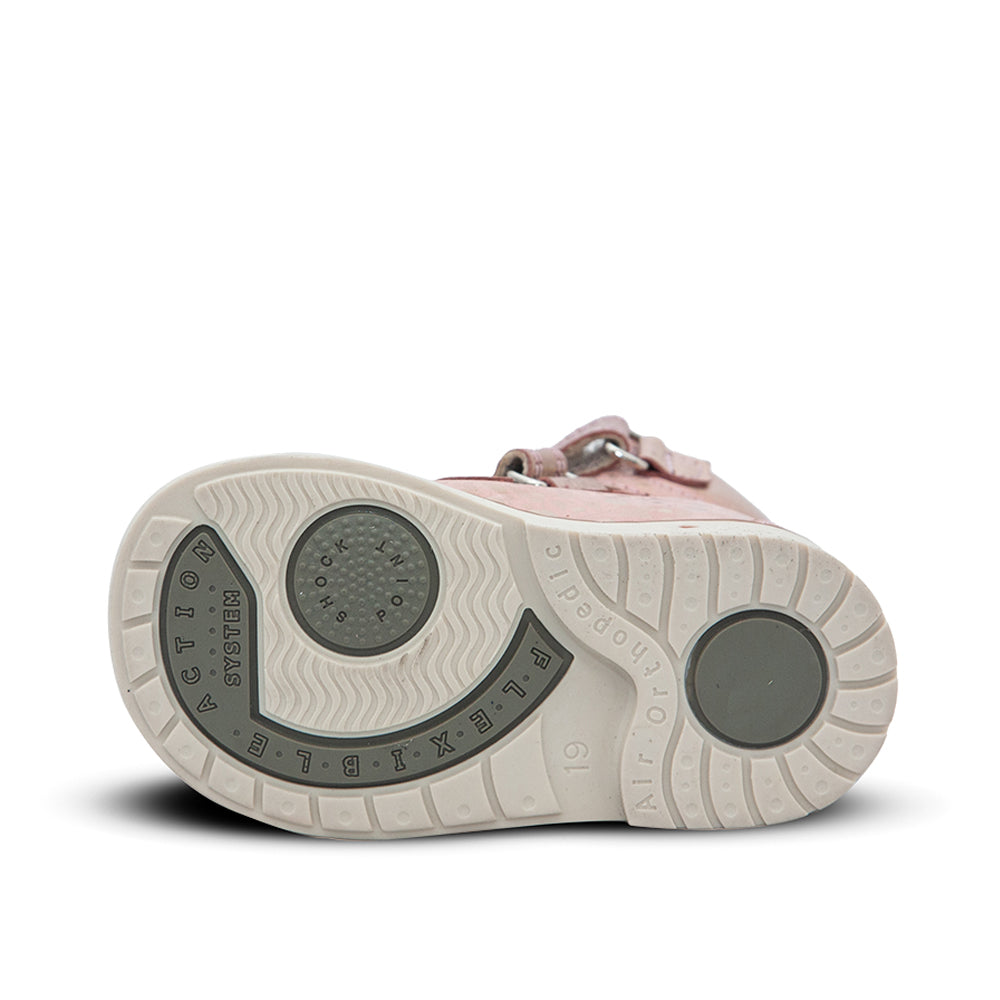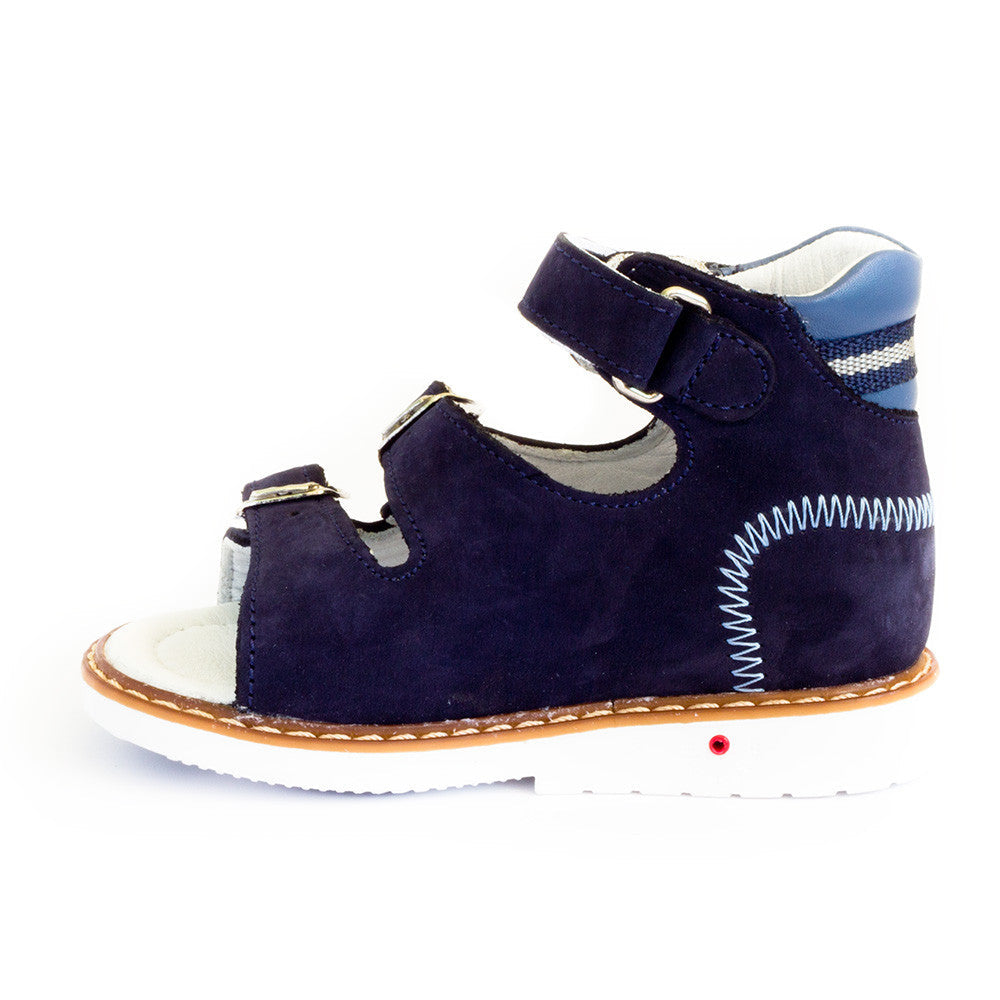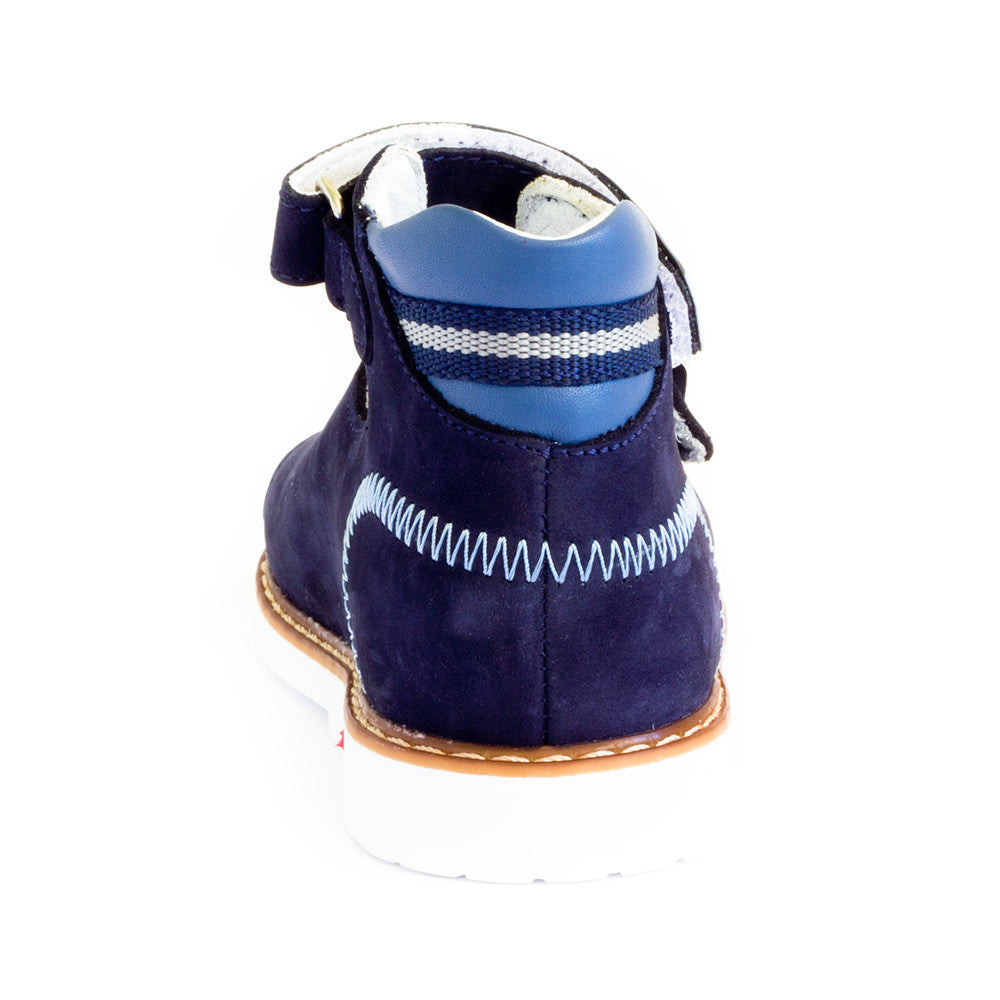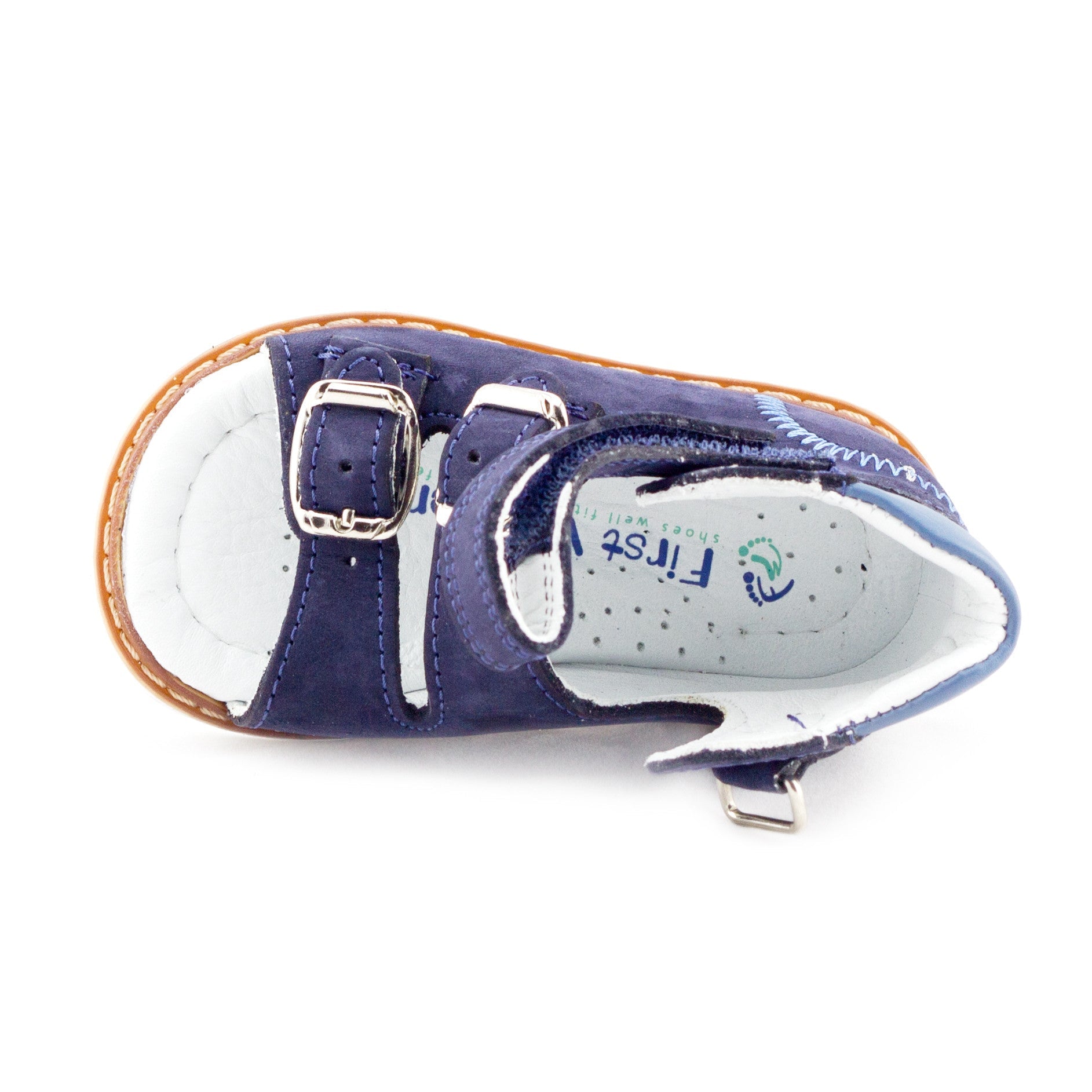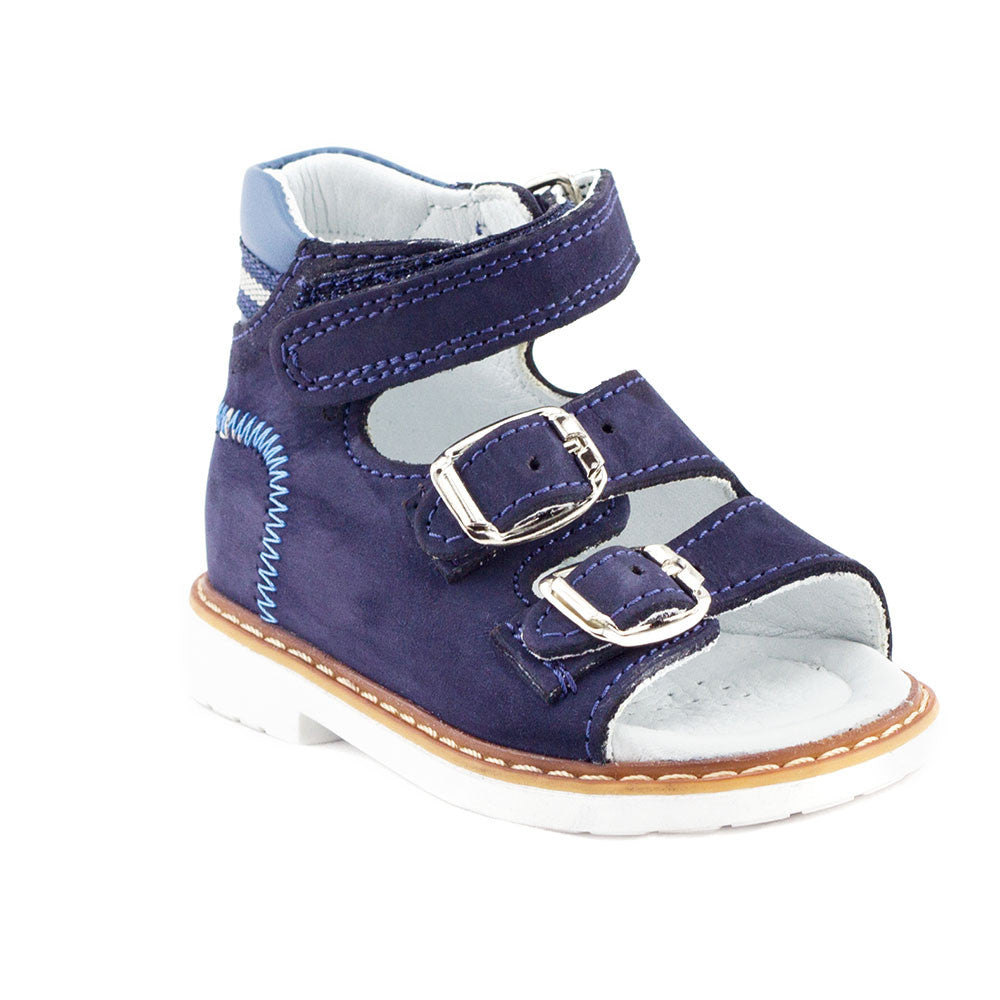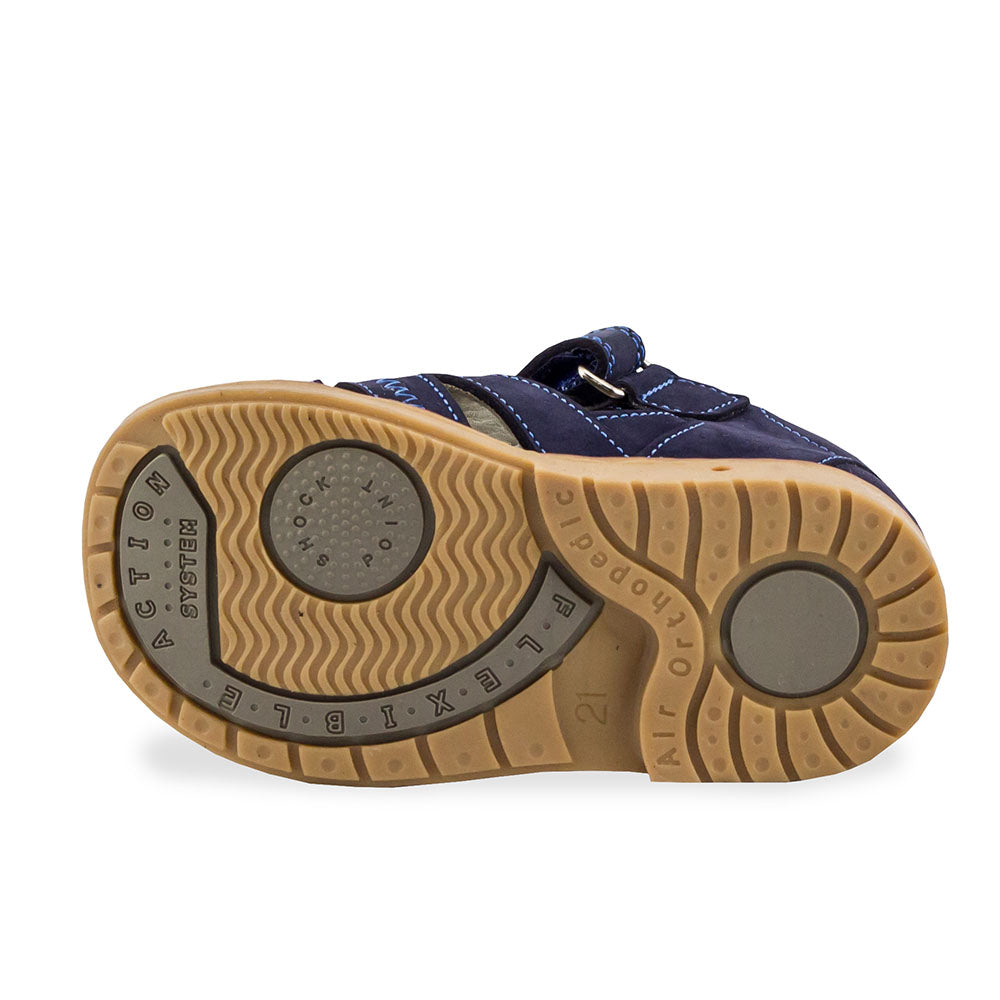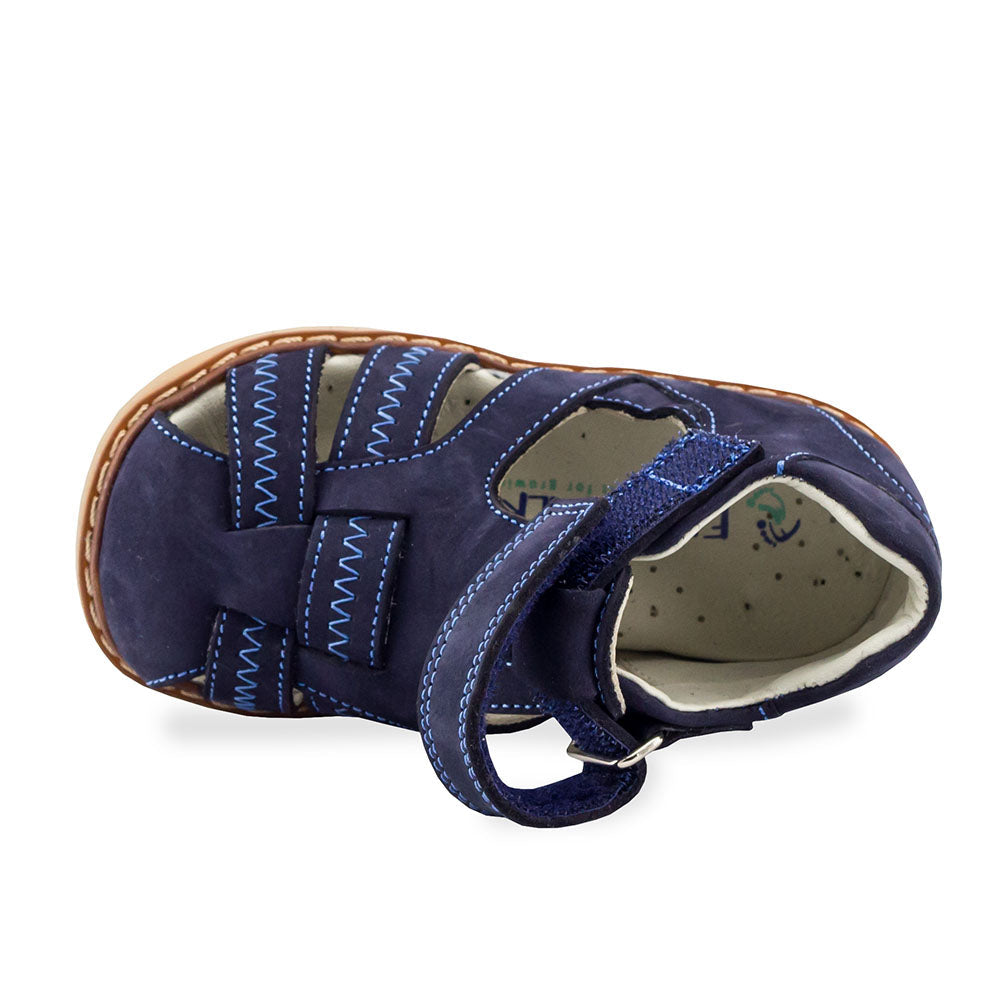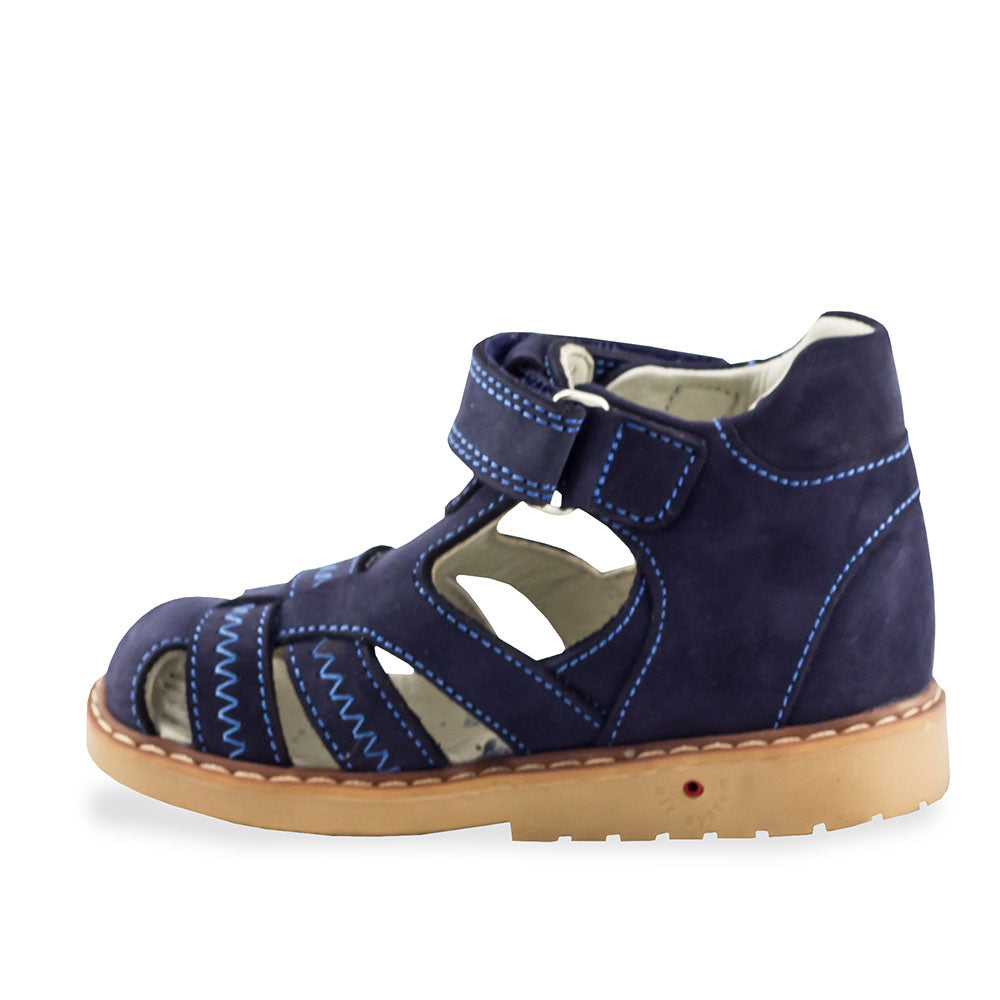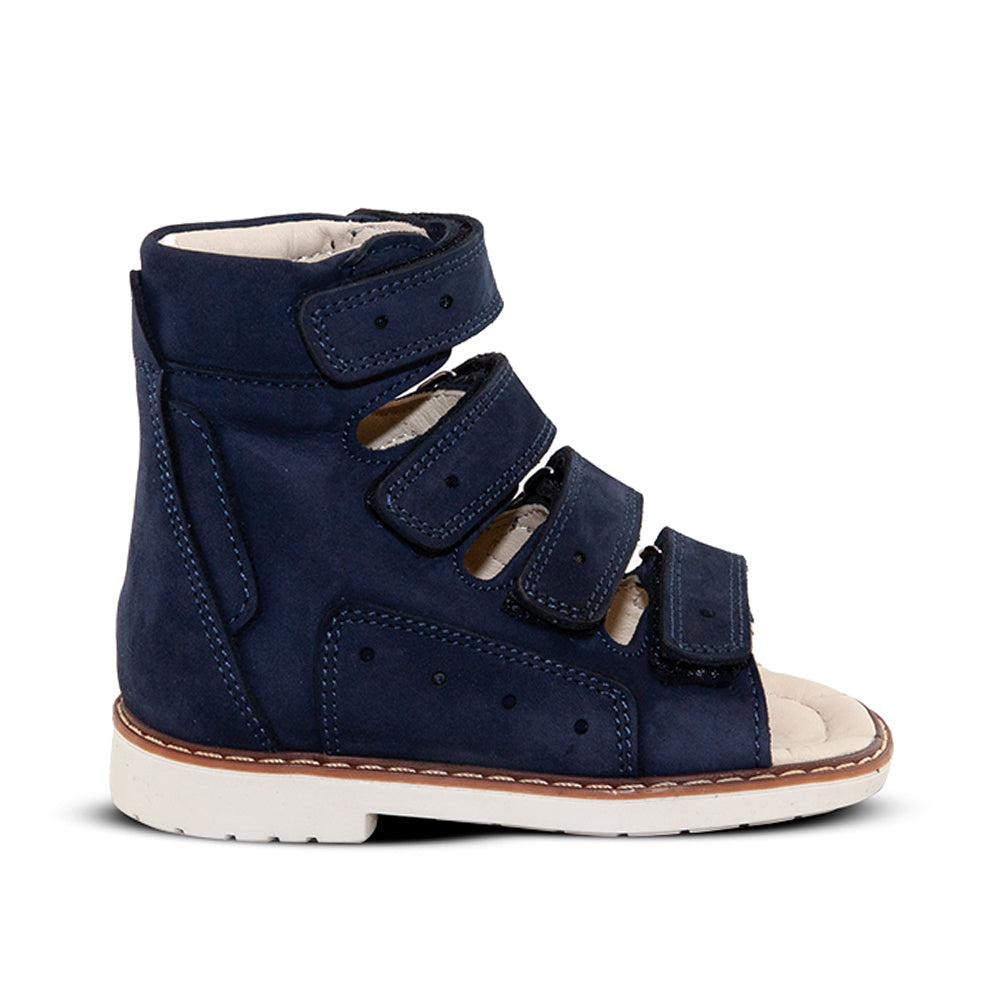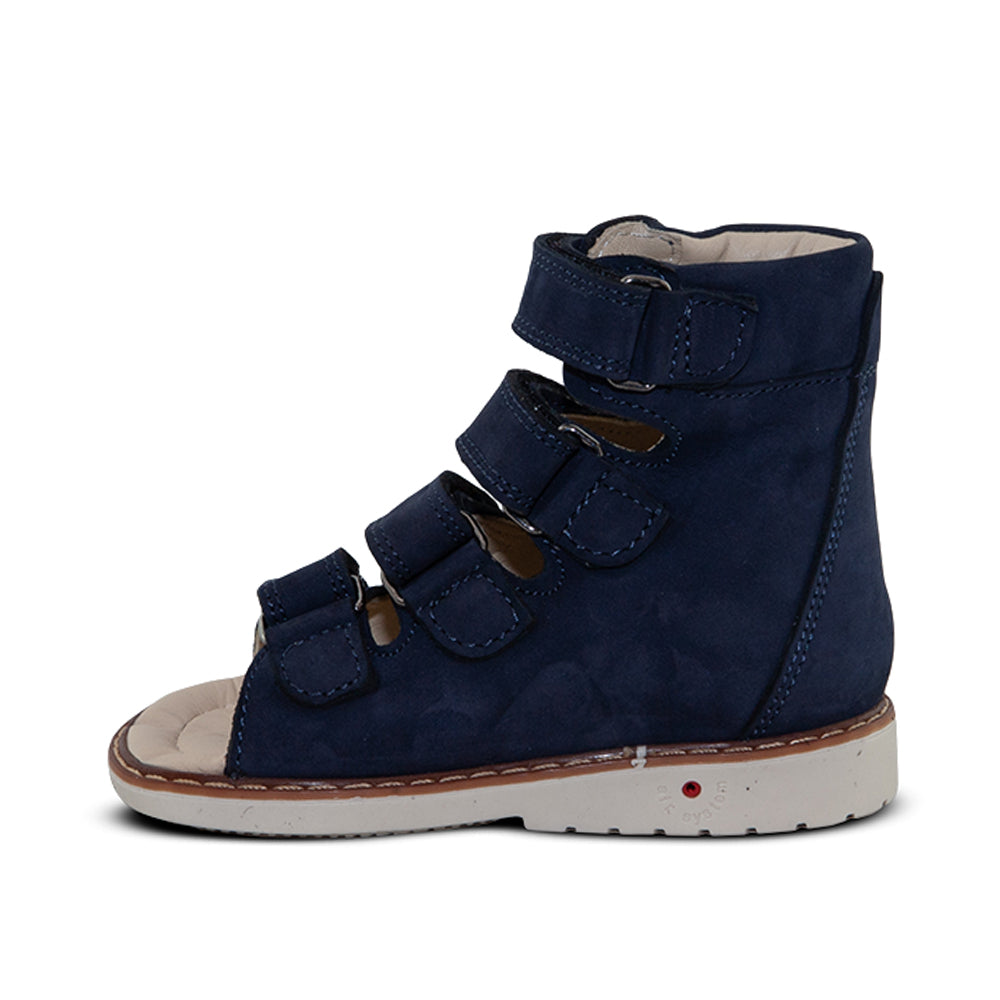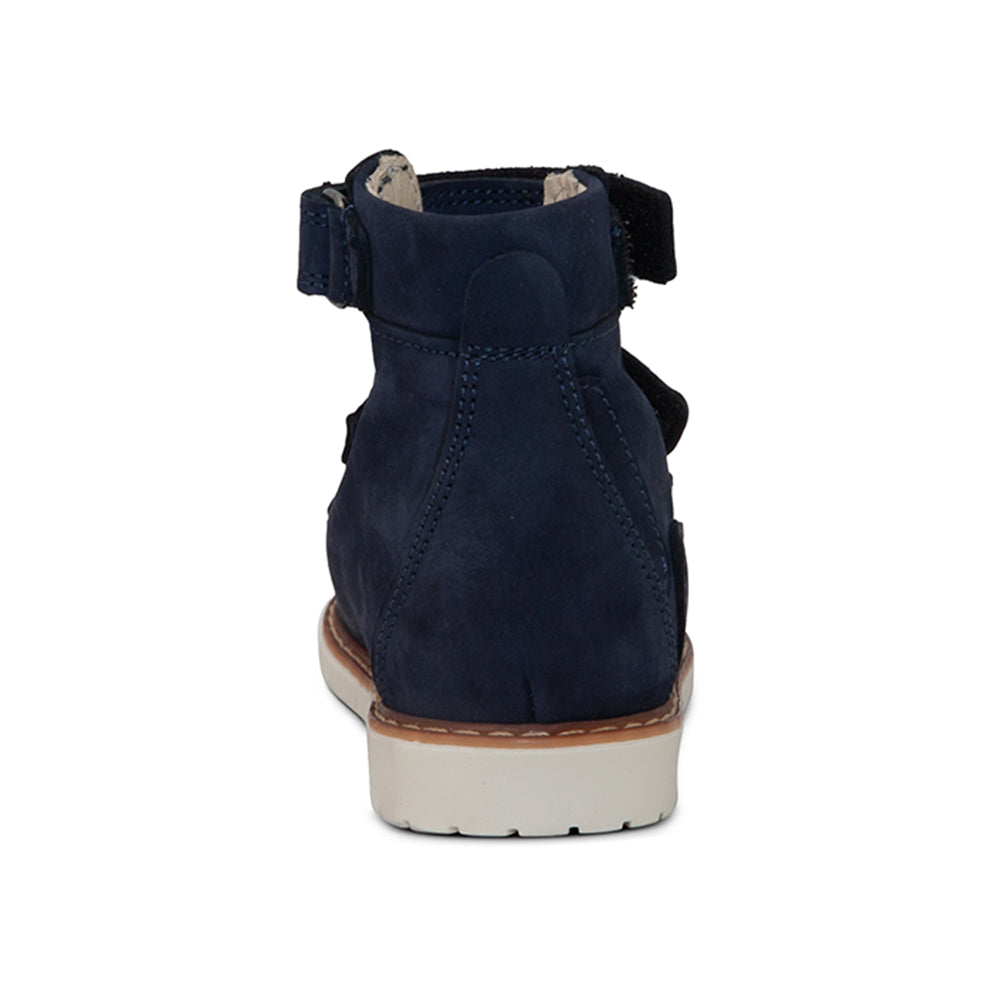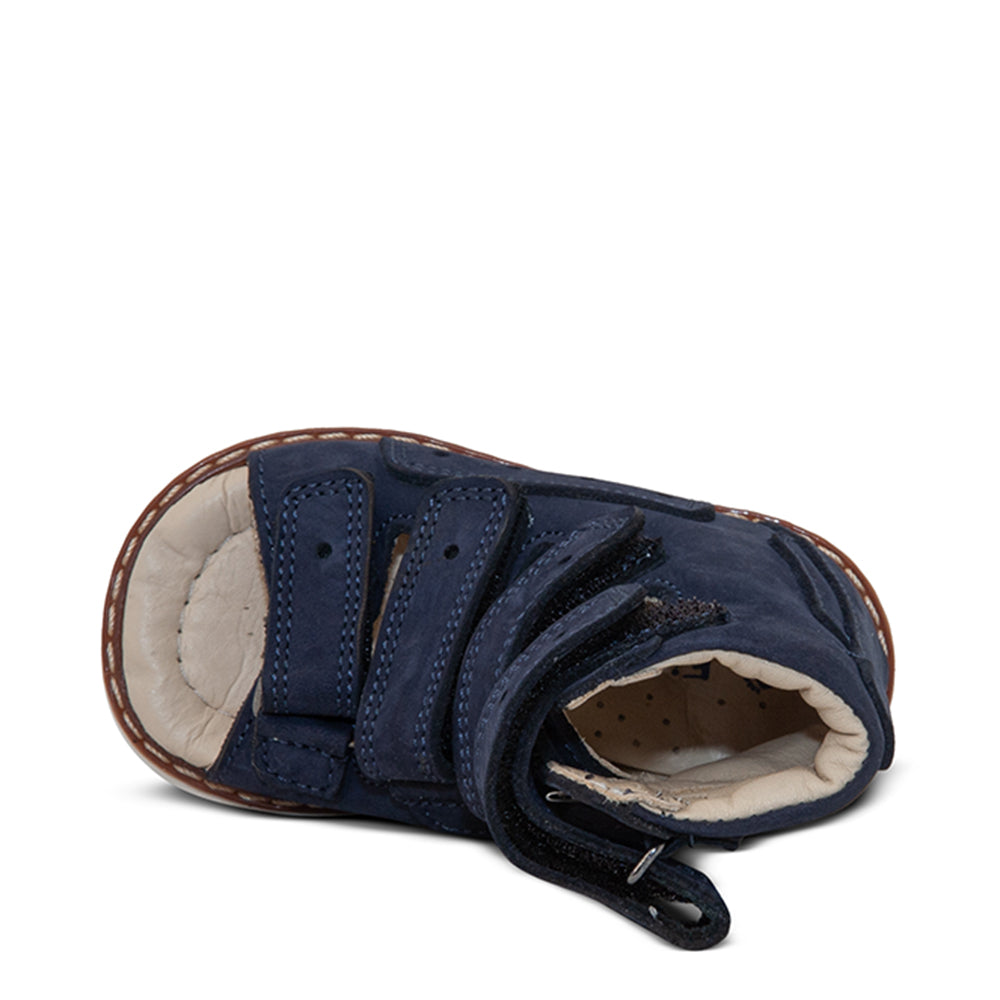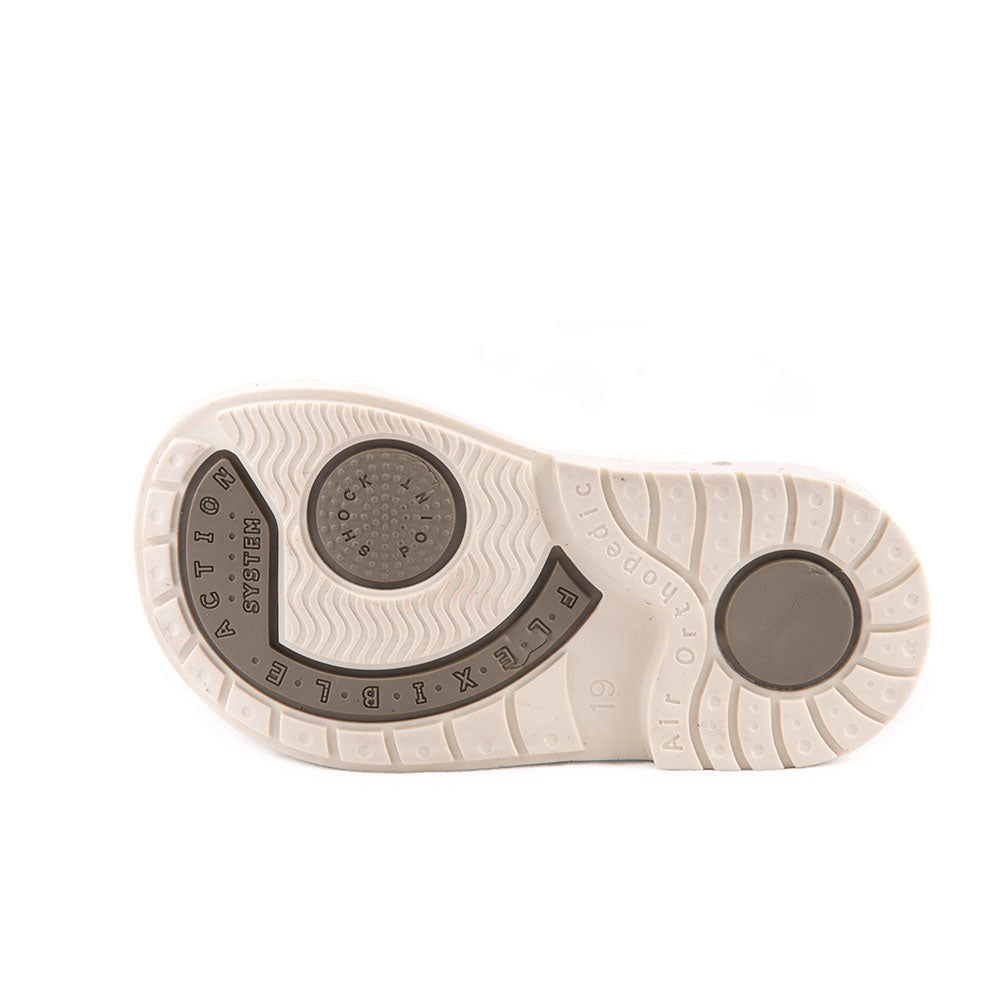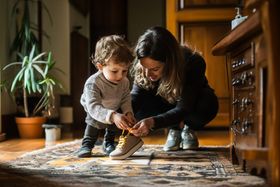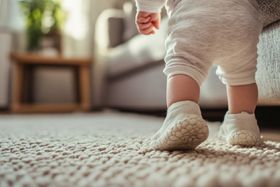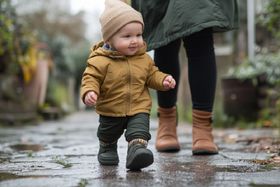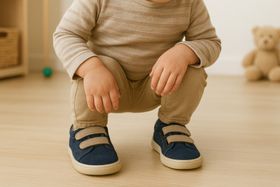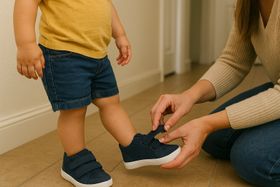10 Best Summer Shoes for First Walkers: Stay Cool & Supported
Not all baby sandals are built for first steps or for summer heat. Explore the 10 best sandals from First Walkers that deliver, and learn exactly what new walkers need to stay cool, stable, and supported, plus
Updated July 22, 2025
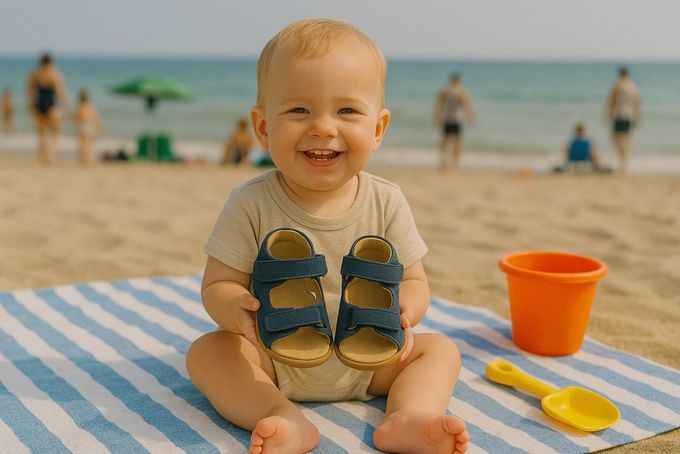
Your baby’s first steps are wobbly, wide-set, and full of effort. That’s because early walkers aren’t just small toddlers—they’re still developing arches, learning balance, and building strength with every step [1].
Now add heat, sweat, and unpredictable summer terrain to the mix, and the wrong summer shoes for babies can do more than cause discomfort. It can get in the way of healthy development.
The good news: the right shoes for learning to walk in summer support their movement, keep their feet cool, and help them walk confidently. Below, we'll walk you through exactly what to look for and which shoes do the job best.
» Looking for more protection? Check out the best sneakers for first walkers
Our Picks for the 10 Best Baby Sandals for New Walkers
What to Look For in Summer Shoes for First Walkers
Flexible Soles
Look for flexible soles that bend at the ball of the foot—not the arch—to support natural movement and grip.
First walkers need to feel the ground to build balance and coordination [2]. Soles should bend at the ball of the foot, not the arch. In summer, they should also provide grip for grass, sand, and splash pads.
Breathable, Quick-Drying Materials
Materials like mesh, soft leather, or quick-dry fabric are key for breathable baby walking shoes that reduce overheating and moisture buildup. These materials help prevent blisters and rashes. They also dry fast after puddle stomping or sprinkler play.
» Find out why your baby's feet might be stinky and learn how to fix it
Adjustable, Secure Closures
Look for multiple Velcro straps or soft buckles. These help adjust for swelling, growth, and movement throughout the day. A secure fit keeps the shoe from slipping or tripping over a wobbly new walker.
Toe and Heel Protection
First walkers shuffle and stumble. Reinforced toes and heels protect against scrapes and hot sidewalks. This support also helps maintain proper foot alignment as they grow.
» Want your kid's feet to develop healthy? Try shoes for pigeon toes
Lightweight Design
Lightweight toddler shoes are easier on growing legs and help little ones move freely. Low-profile, featherlight soles simplify movement. They also help kids stay cool while transitioning between grass, sand, and pavement.
Fit Tip!
Shoes should have a thumb’s width of space at the toe and a snug heel fit. Check sizing every 6–8 weeks. Good summer shoes for first walkers should be easy to put on, hard to kick off, and built for everything from beach days to playground climbs.
» Find out if there's a correlation between knock knees and height
10 Best Summer Shoes for First Walkers
Final Tips for Summer Shoe Shopping
Toddlers do sweat more on their feet during summer, which makes them prone to blisters, odor, and fungal infections. Shoes need to breathe, dry quickly, and fight bacteria.
- Watch out for thin mesh, EVA foam, or stiff synthetic uppers. These are often marketed as breathable but don’t offer enough support.
- Some even contain finishes that irritate baby skin—another reason to avoid common materials used in cheap baby shoes. Prioritize natural leather or engineered materials that balance softness with structure.
- Early walkers often grip the ground with their toes to stay balanced. If a sandal is too loose at the front or collapses at the midfoot, this gripping turns into strain. A secure toe strap and a supportive insole help prevent that.
- If you notice consistent toe-walking in sandals, double-check the shoe design. No heel support or floppy soles are often to blame. But if the habit continues in bare feet or all shoes, check in with a pediatrician.
📌 TL; DR: When your kid is learning to walk, you should choose shoes that let your baby feel the ground, stay cool, and move naturally, with just enough support for healthy foot development.
» Read our in-depth guide on buying orthopedic shoes for your kid
The Right Shoes Help First Steps Go Further
The first steps your child takes aren't just physical milestones. They’re the beginning of independence, coordination, and confidence. And in summer, when heat, sweat, and terrain add extra challenges, choosing the right shoe matters even more.
So what? Because uncomfortable, unsupportive shoes don't just slow your child down; they shape how they learn to move. With the right pair, you’re giving your baby more than protection. You’re giving them freedom to explore, fall, get up again, and keep going strong.
If you’re only getting one pair, make it the Indie Ryan Sandals. It has the best combination of breathable materials, orthopedic support, secure closures, and long-wear comfort. It’s structured enough to stabilize new walkers but soft and light enough for all-day summer play.
References:
- N. Gould, M. Moreland, R. Alvarez, S. Trevino, and J. Fenwick, “Development of the child’s arch,” Foot & Ankle, vol. 9, no. 5, pp. 241–245, Apr. 1989, doi: 10.1177/107110078900900506. Available: https://pubmed.ncbi.nlm.nih.gov/2731836/
- A. Zech, R. Venter, J. E. De Villiers, S. Sehner, K. Wegscheider, and K. Hollander, “Motor skills of children and adolescents are influenced by growing up barefoot or shod,” Frontiers in Pediatrics, vol. 6, Apr. 2018, doi: 10.3389/fped.2018.00115. Available: https://pubmed.ncbi.nlm.nih.gov/29922637/
Disclaimer: First Walkers' information is intended for educational and informational purposes related to toddler footwear and feet. We encourage you to consider individual circumstances and consult qualified orthopedists about specific conditions.
FAQs
Are Crocs good for first time walkers?
No, Crocs aren’t ideal for first-time walkers. They’re too loose, lack ankle support, and often have slippery soles, making them unsafe for early steps.
How do you break in new walking shoes?
Start with short wear times—10 to 15 minutes indoors. Gradually increase each day. Watch for red marks or slipping. Adjust straps for a snug, secure fit.
How should baby walking shoes fit?
They should fit snug at the heel, with about a thumb’s width of space at the toes. No slipping, pinching, or red marks after wear.
What surfaces are best for babies learning to walk?
Flat, firm, and non-slippery surfaces like hardwood, tile, or short carpet are best. Uneven or soft ground can throw off balance early on.

